Mandalay-- it's like the closest thing I've found to LA in all of southeast Asia. It's probably the combination of multi-storied buildings with a distinct lack of energy/the feeling that most people don't live their lives on the street. Not sure if it was the fact that Yangon was my first city in Myanmar, but this 2nd largest city just doesn't have the same sort of energy. (Probably doesn't help that we got in on a public holiday-- the full moon of the beginning of Chinese lent.) Everything is deceptively close on the map. City blocks here are huge! Be prepared to walk a lot.
I can't decide if it's this way because it's been occupied by both the British and the Japanese-- like perhaps it has a grid design because it survived some awful bombings (which is why the grand palace is nothing to look at now since the Allies razed it since it was a Japanese stronghold during WWII).
So how much time do you need here?
That totally depends on if you 1) find a good guide/english-speaking taxi driver, 2) What you're interested in, and 3) where you're located.
This city is expensive in terms of acommodation and transport. Hotels will pretty much only direct you to car taxis (not metered, and expensive in comparison to Vietnam-- 5000 kyat for 1-way trip of like 15 blocks). If your hotel has bikes, that's probably a better way to get around since the city is pretty flat and there are at least some traffic lights. Traffic overall was much better than Yangon (at least it flowed in rush hour).
Also, low season + random cyclone that we happened to get stuck in = not fun. Mandalay has 1 of 2 modes (confirmed this with a local): Dry and dusty, or wet and muddy. (I'm sure that's true for Bagan as well.) Some tour companies won't be able to run their usual tours when it pours. Initially had planned to go on the cycling tour of the old capitals surrounding Mandalay but it was too wet to do so! (Our guide who ran the foodie tour we had to take instead told us that the paths had a lot of mud and if you rode on the trails they typically took, you'd be up to your hips in water.)
I can't decide if it's this way because it's been occupied by both the British and the Japanese-- like perhaps it has a grid design because it survived some awful bombings (which is why the grand palace is nothing to look at now since the Allies razed it since it was a Japanese stronghold during WWII).
So how much time do you need here?
That totally depends on if you 1) find a good guide/english-speaking taxi driver, 2) What you're interested in, and 3) where you're located.
This city is expensive in terms of acommodation and transport. Hotels will pretty much only direct you to car taxis (not metered, and expensive in comparison to Vietnam-- 5000 kyat for 1-way trip of like 15 blocks). If your hotel has bikes, that's probably a better way to get around since the city is pretty flat and there are at least some traffic lights. Traffic overall was much better than Yangon (at least it flowed in rush hour).
Also, low season + random cyclone that we happened to get stuck in = not fun. Mandalay has 1 of 2 modes (confirmed this with a local): Dry and dusty, or wet and muddy. (I'm sure that's true for Bagan as well.) Some tour companies won't be able to run their usual tours when it pours. Initially had planned to go on the cycling tour of the old capitals surrounding Mandalay but it was too wet to do so! (Our guide who ran the foodie tour we had to take instead told us that the paths had a lot of mud and if you rode on the trails they typically took, you'd be up to your hips in water.)
| | Must Sees in Mandalay: Mandalay Hill Sagiang U-Bein Bridge Teak Monastery Jade Market Marble Carving Street Zegyo/Zecho Market |
Places of Frustration in Mandalay:
So... Diamond Plaza might be "the place to go to buy things in smaller quantities than at the Zecho/Zegyo market" but it's incredibly frustrating to get into. There seemed to be only one entrance in (the other entrance goes to a different part of the mall that is more or less deserted after 7:30pm and the floors above the 3rd floor were dark and shop-less), and it's an incredibly large space. I will say that the market in the basement had a good selection of Myanmar music, food, and random goods, like fuzzy flip flops. It was sort of a very compact Walmart.
So... Diamond Plaza might be "the place to go to buy things in smaller quantities than at the Zecho/Zegyo market" but it's incredibly frustrating to get into. There seemed to be only one entrance in (the other entrance goes to a different part of the mall that is more or less deserted after 7:30pm and the floors above the 3rd floor were dark and shop-less), and it's an incredibly large space. I will say that the market in the basement had a good selection of Myanmar music, food, and random goods, like fuzzy flip flops. It was sort of a very compact Walmart.
Places to Eat in Mandalay:
MinGaLaBar Restaurant
Great food, wasn't concerned about sanitation (the food was kept in an enclosed space). Even though we sat in the downstairs non-airconditioned part, it was still quite pleasant. (Yes, air conditioning exists upstairs.)
MinGaLaBar Restaurant
Great food, wasn't concerned about sanitation (the food was kept in an enclosed space). Even though we sat in the downstairs non-airconditioned part, it was still quite pleasant. (Yes, air conditioning exists upstairs.)

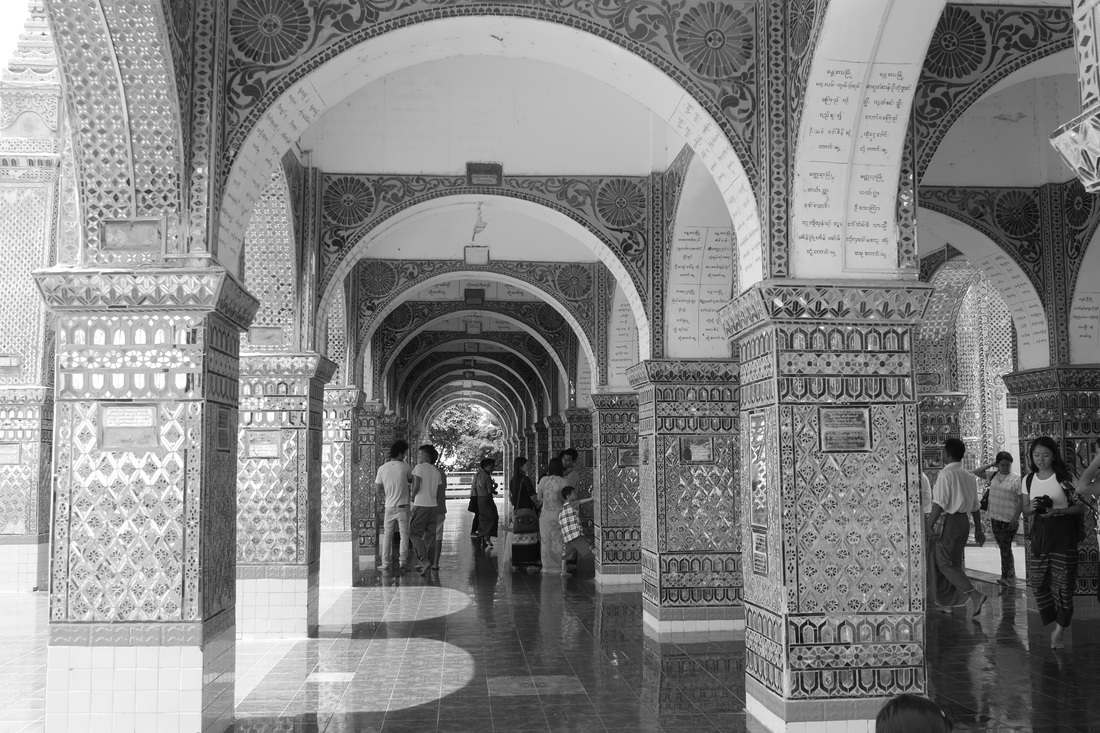
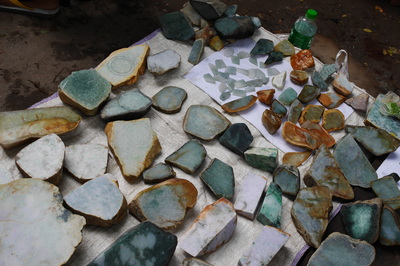
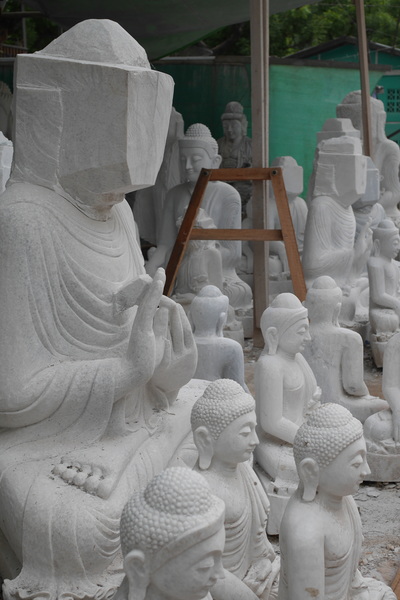
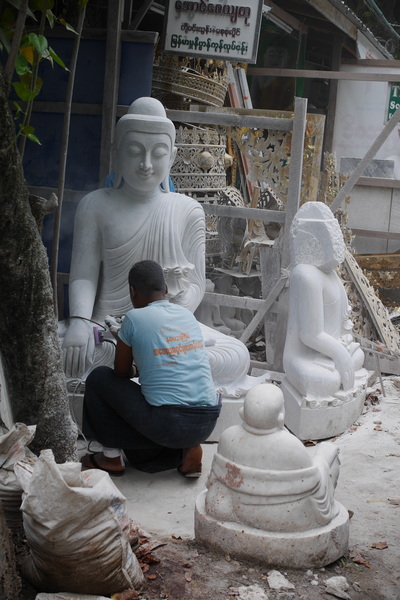
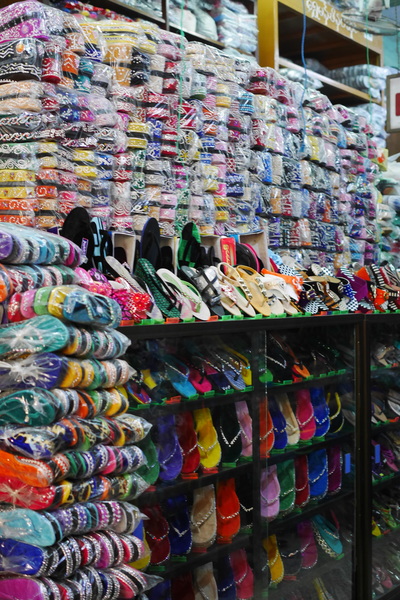
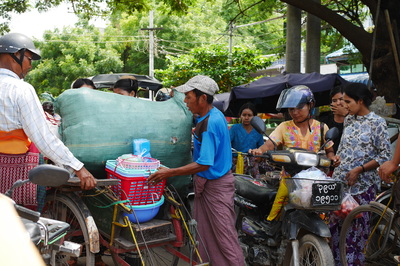

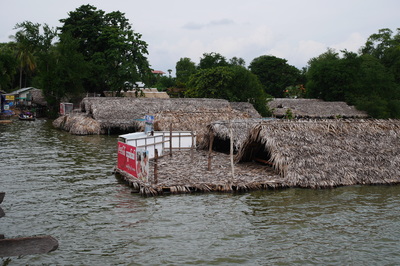
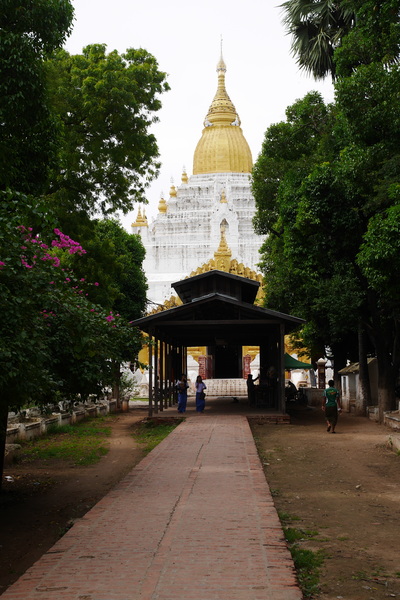
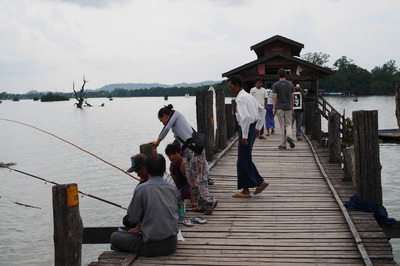

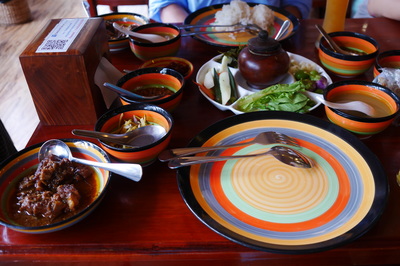
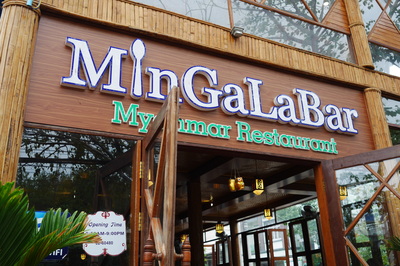
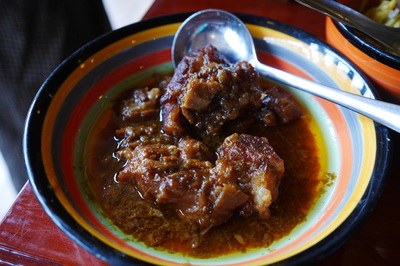
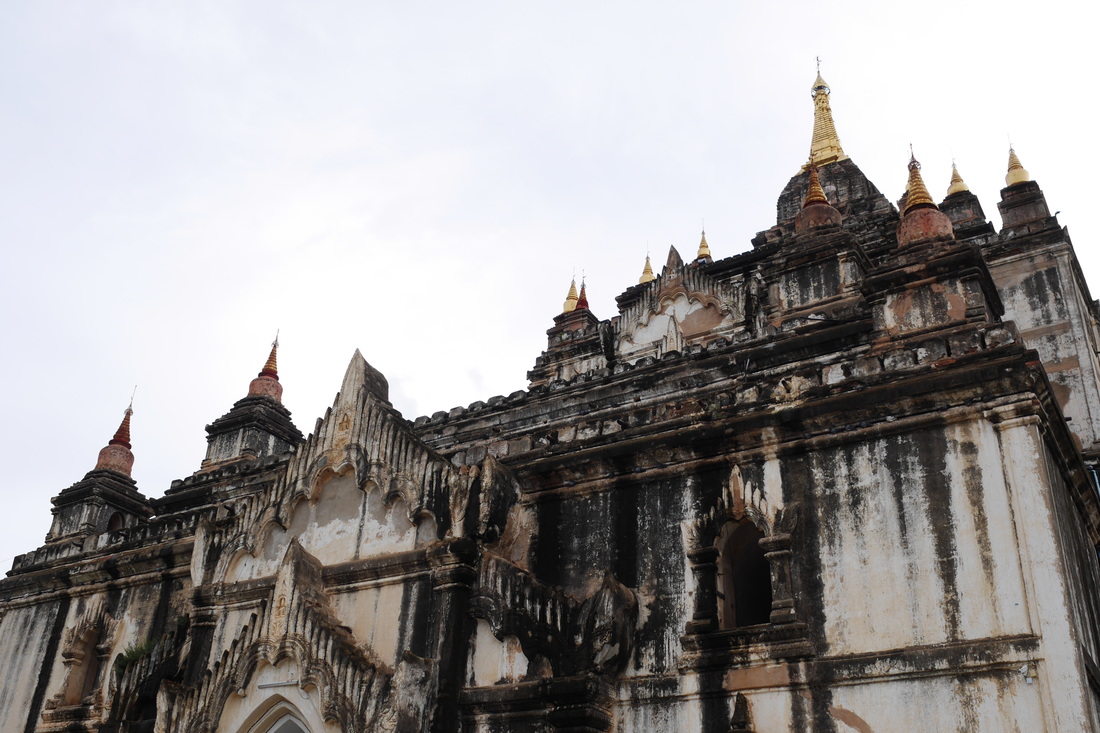
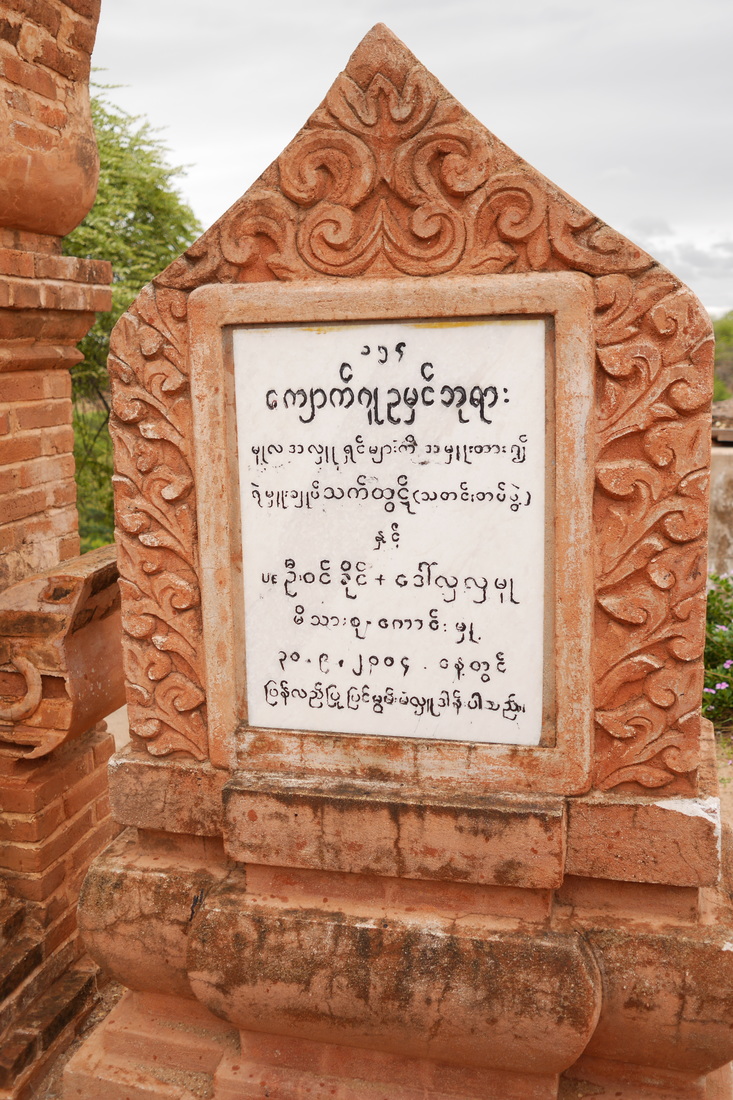
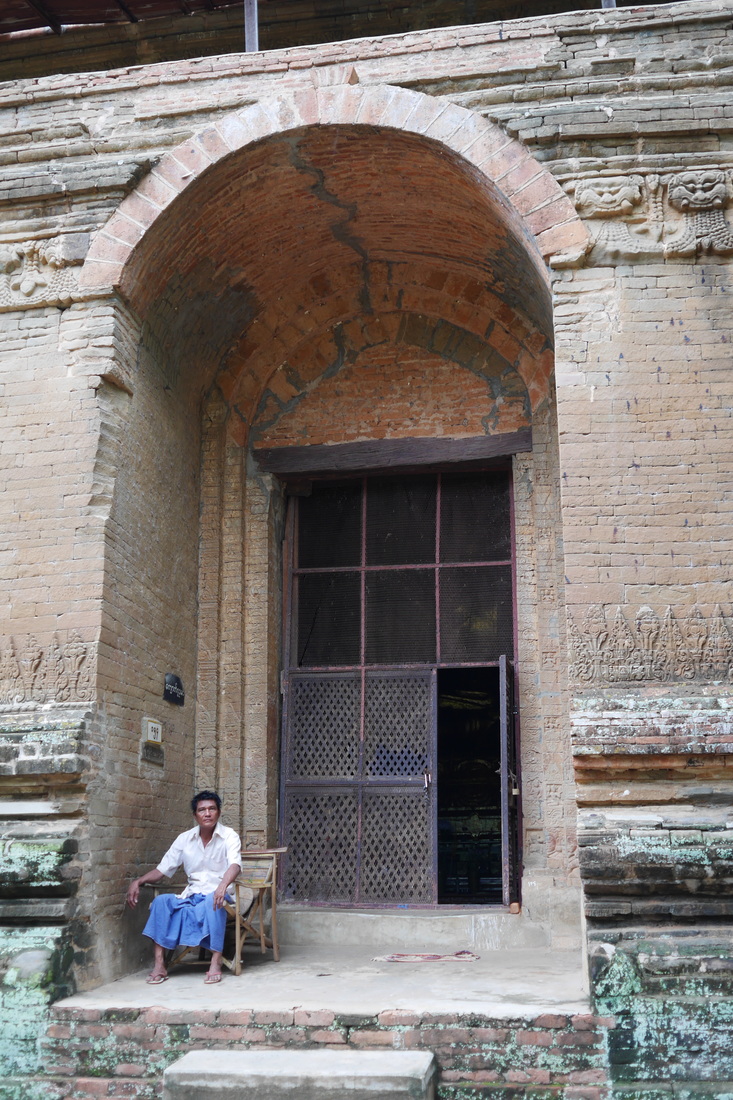
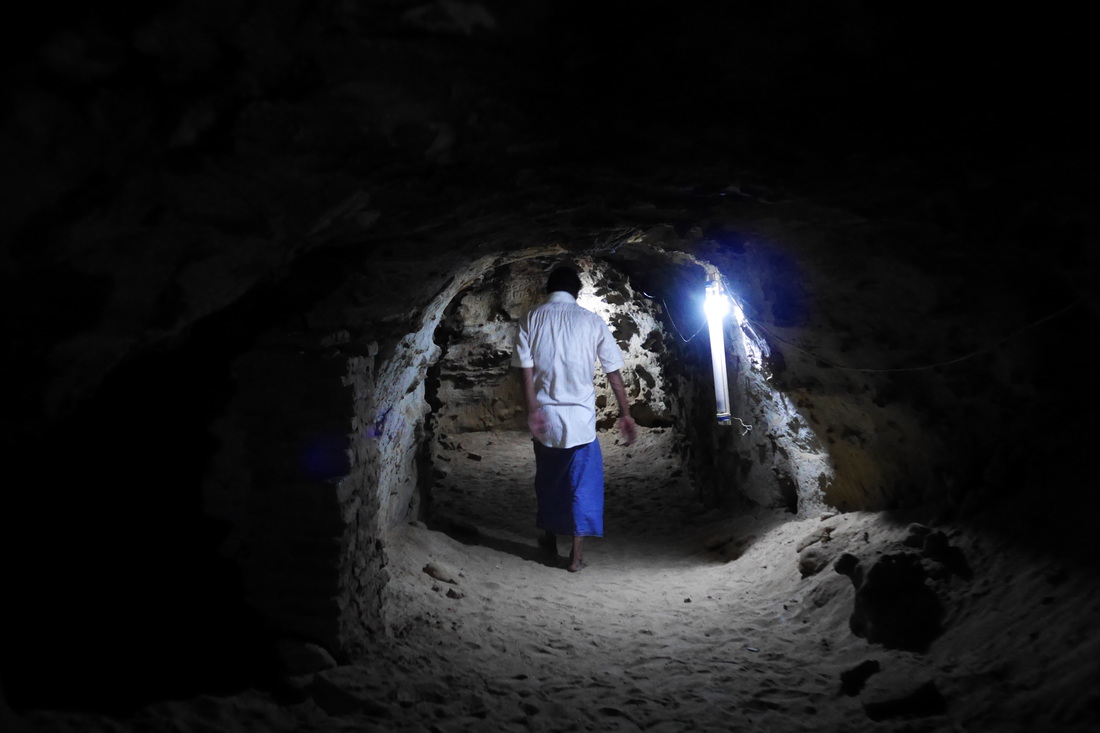
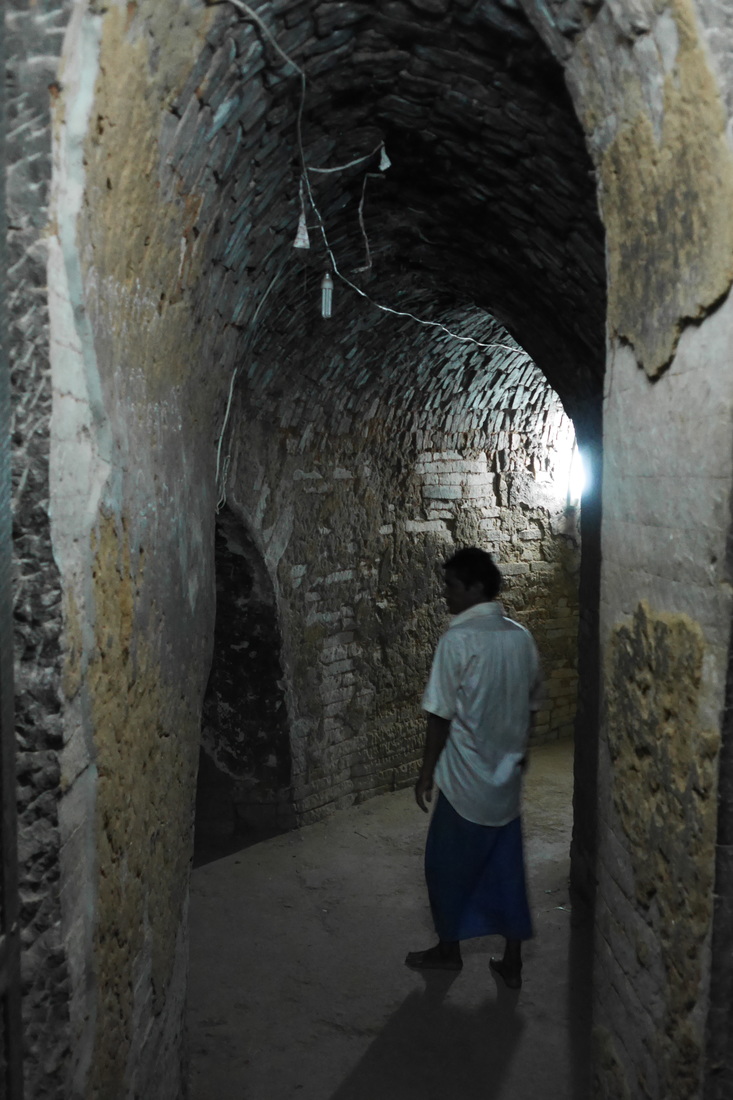
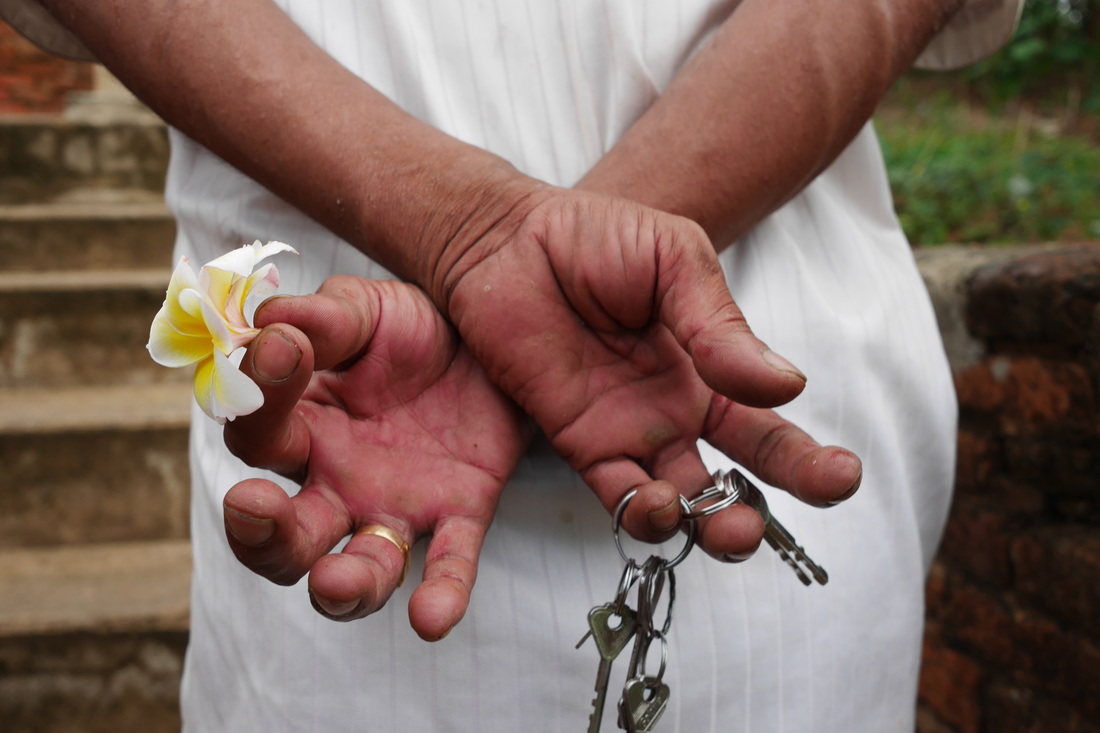
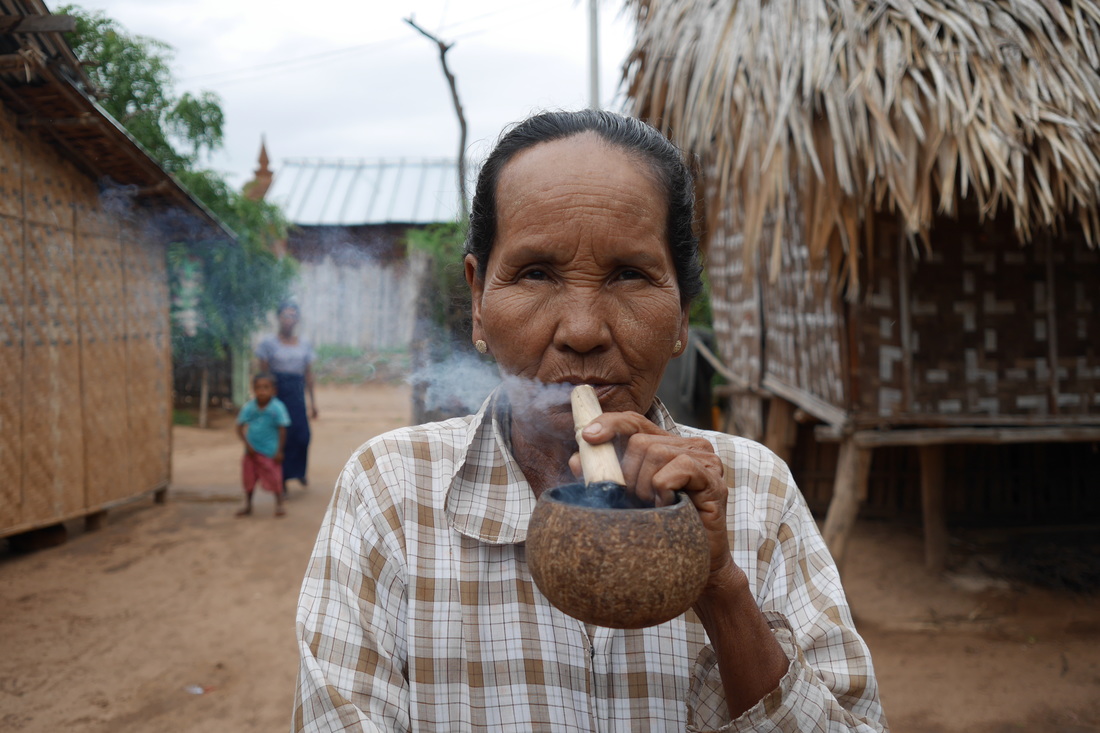
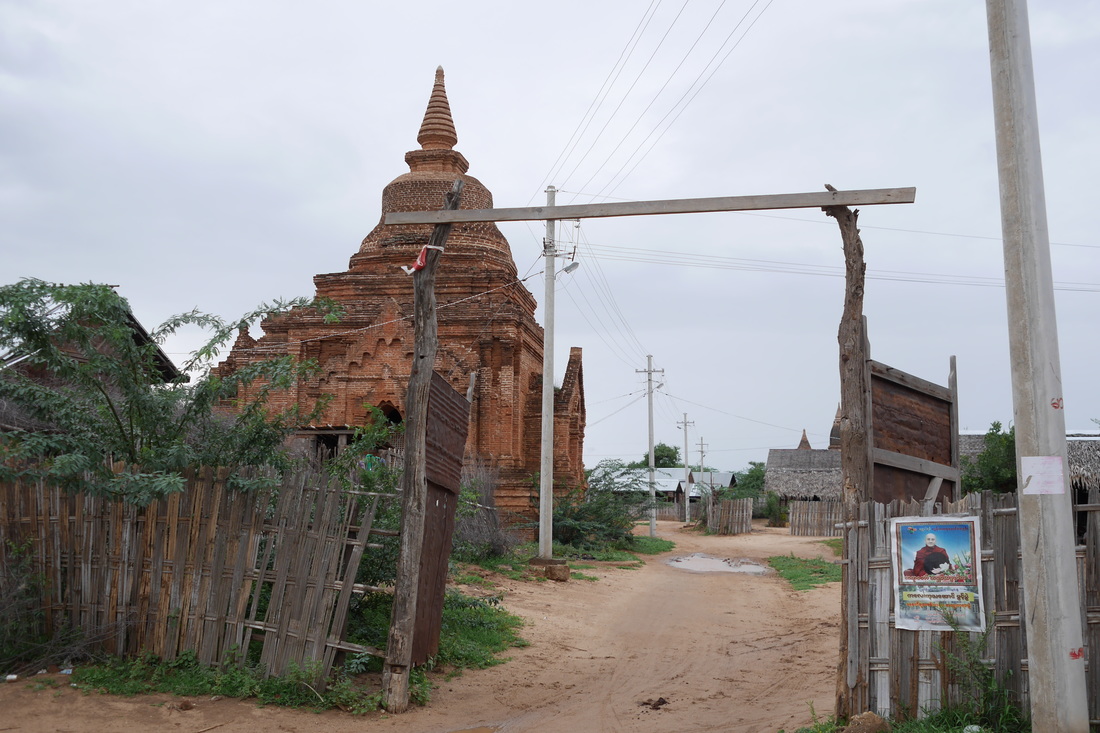
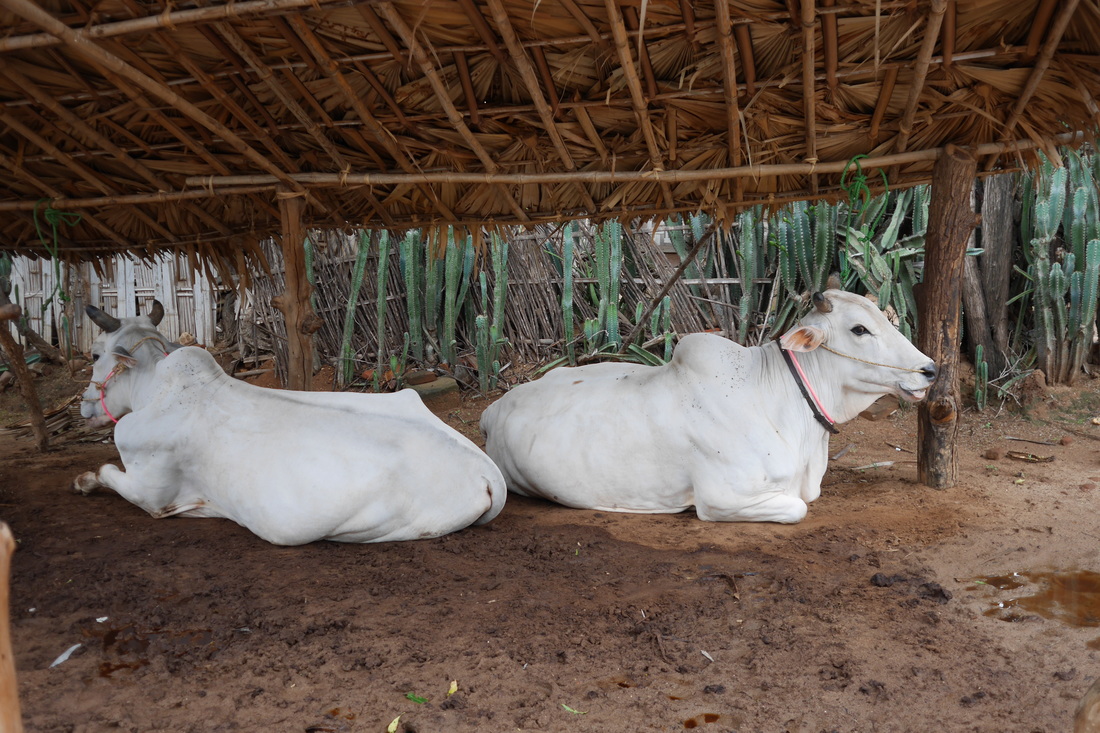

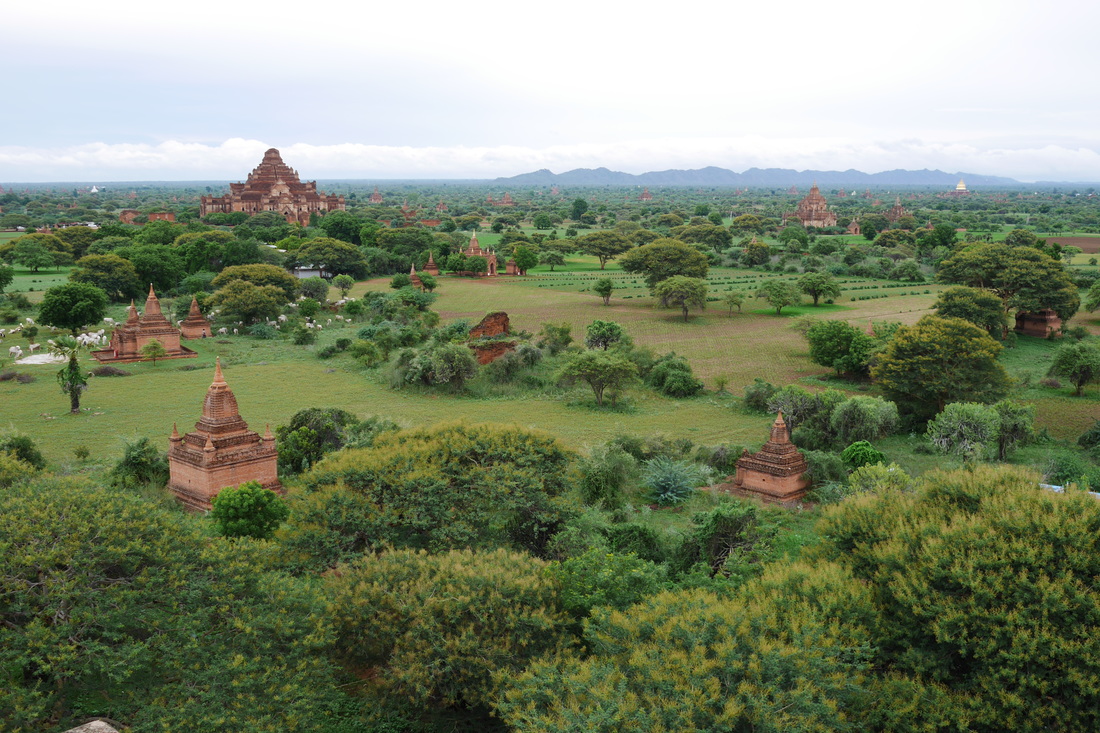
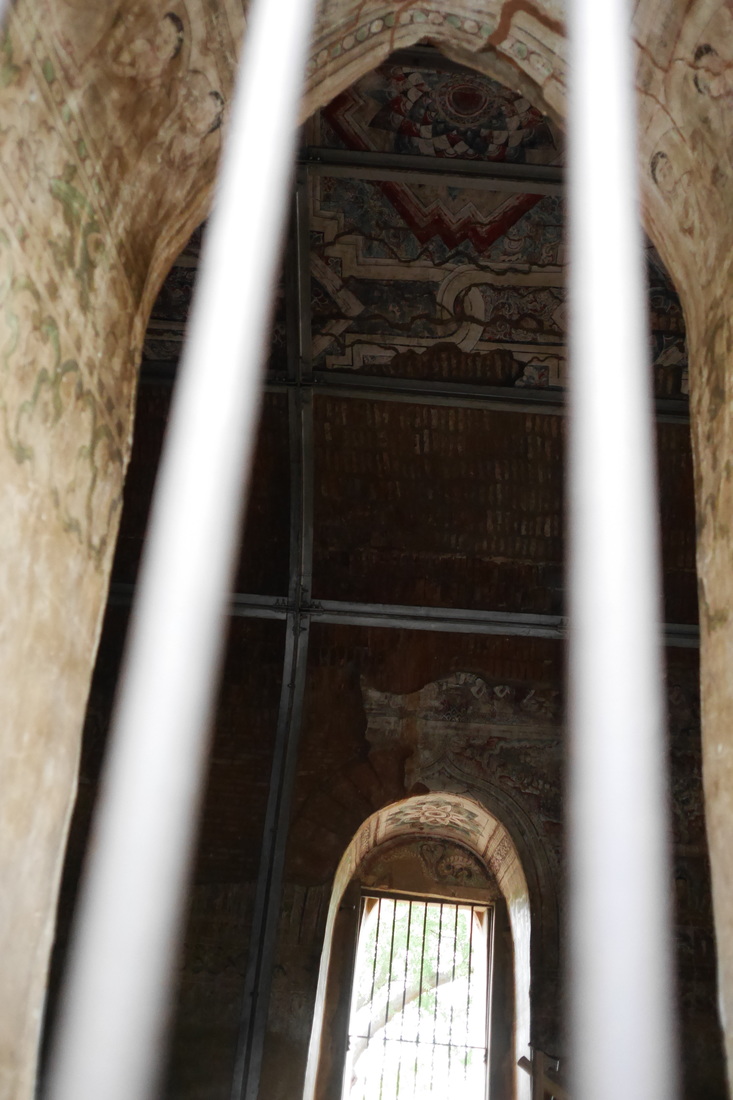
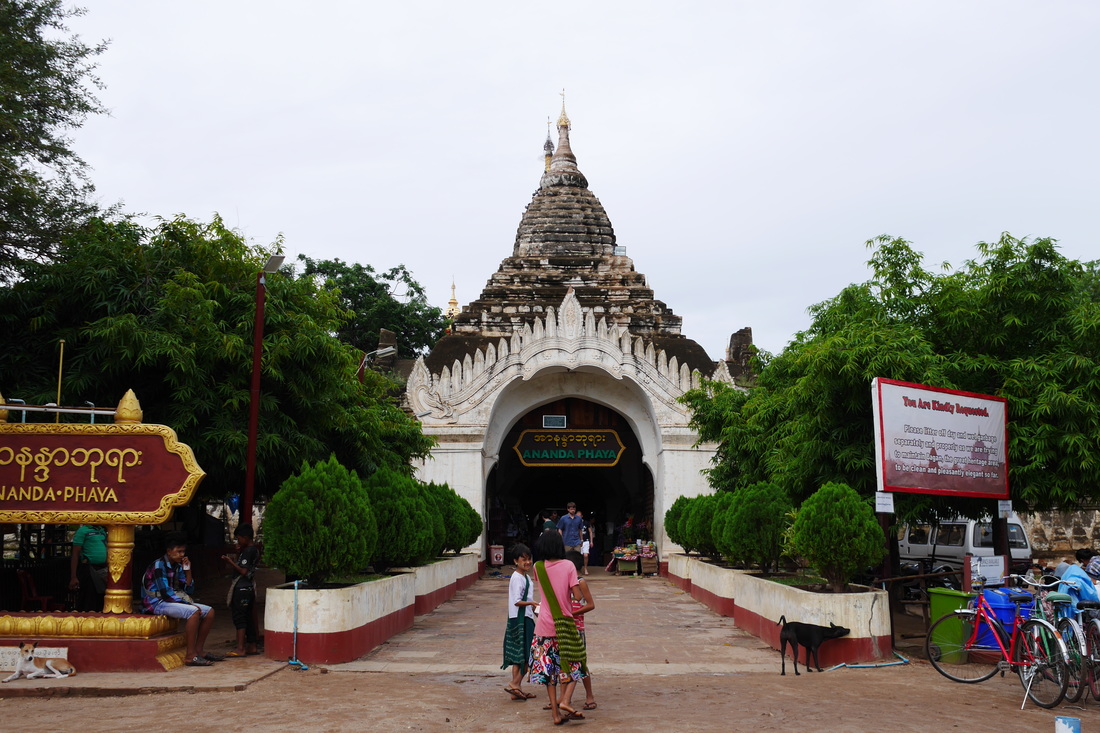

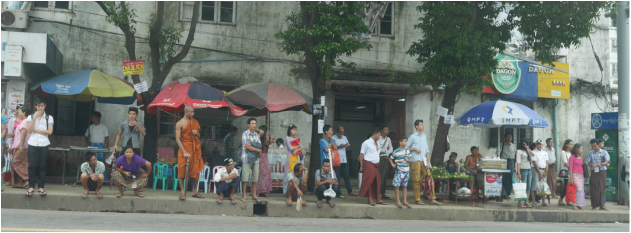

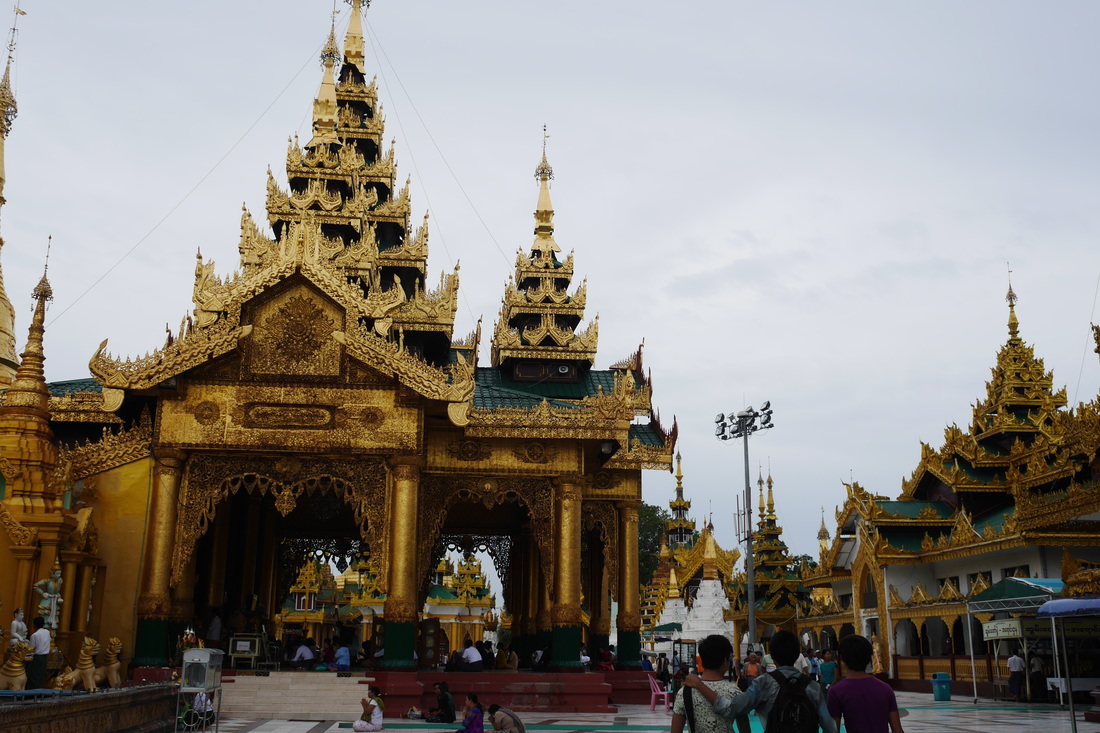
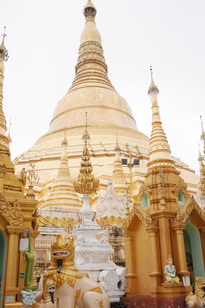
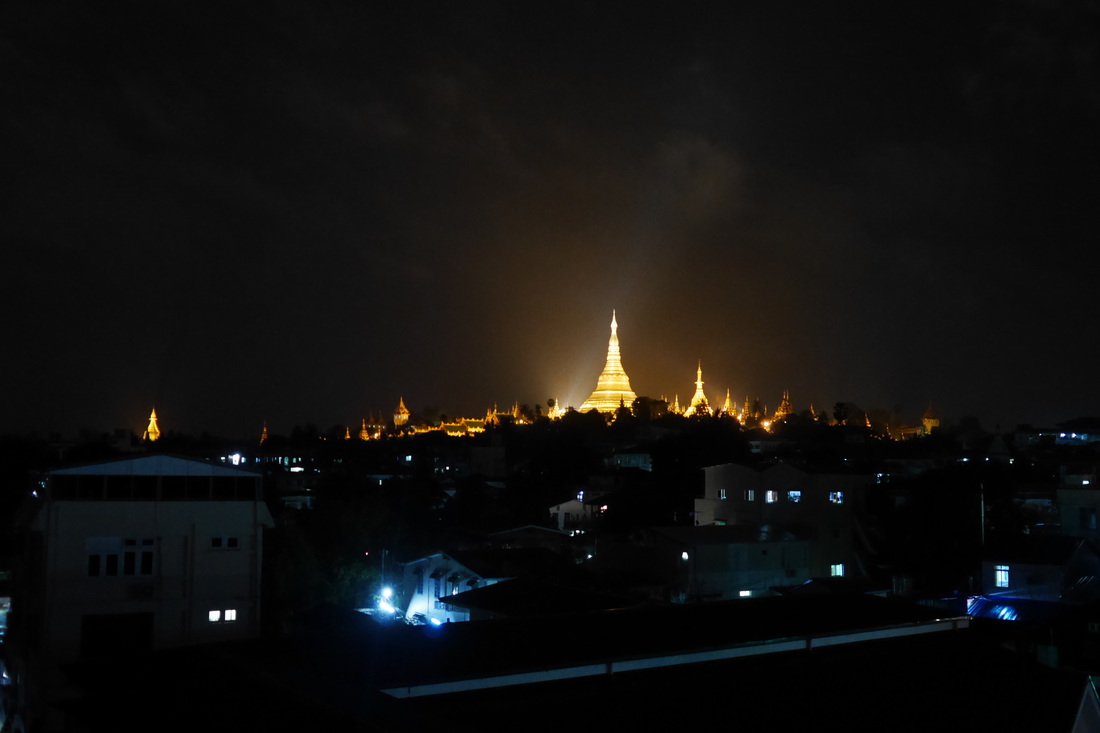
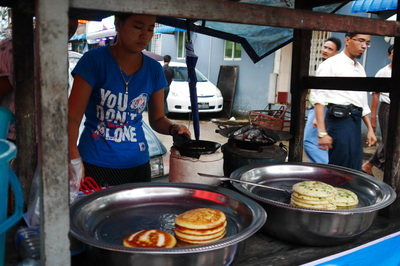
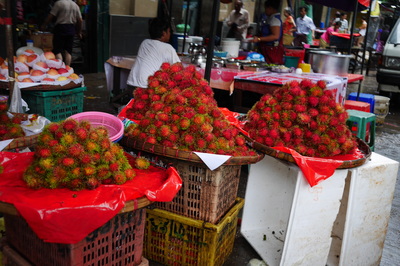
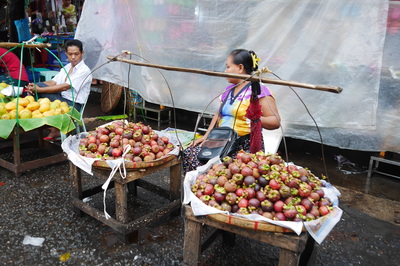

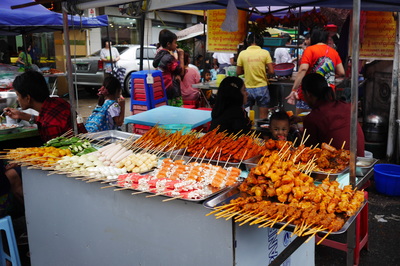
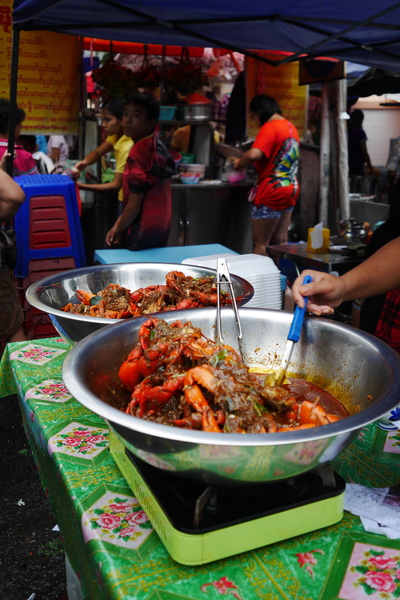


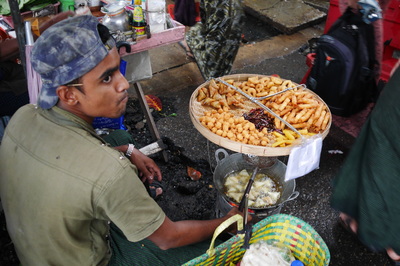
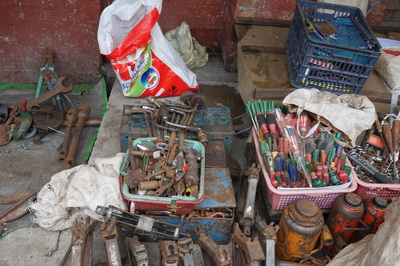
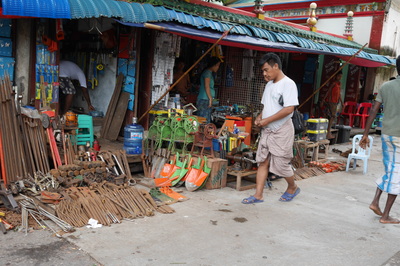
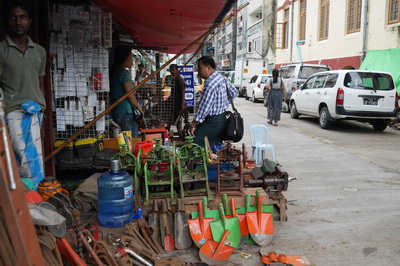
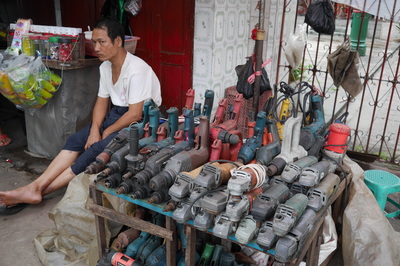
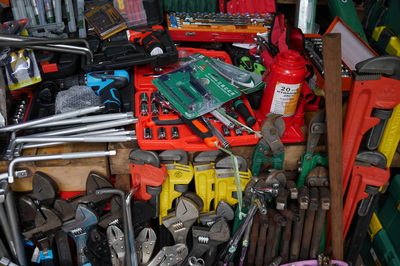
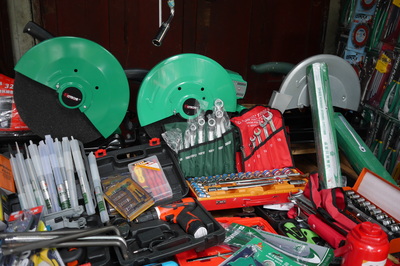
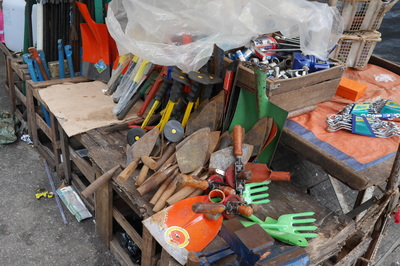
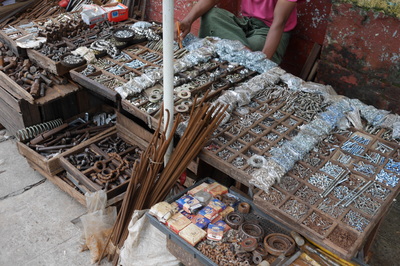

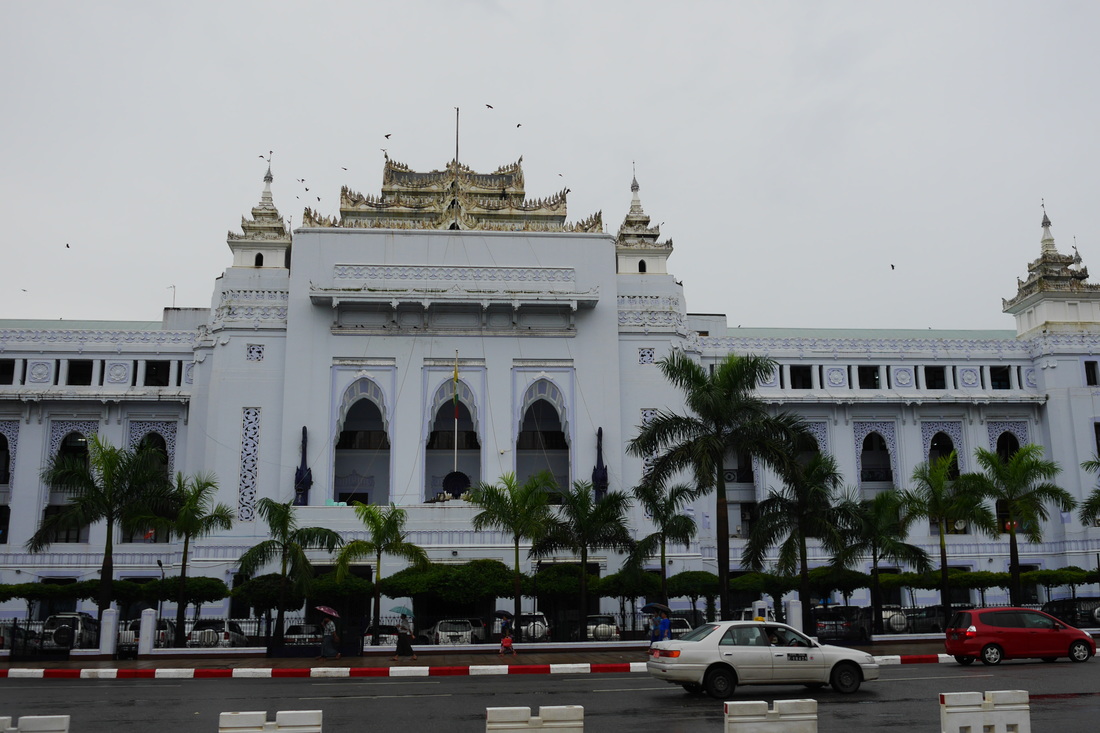

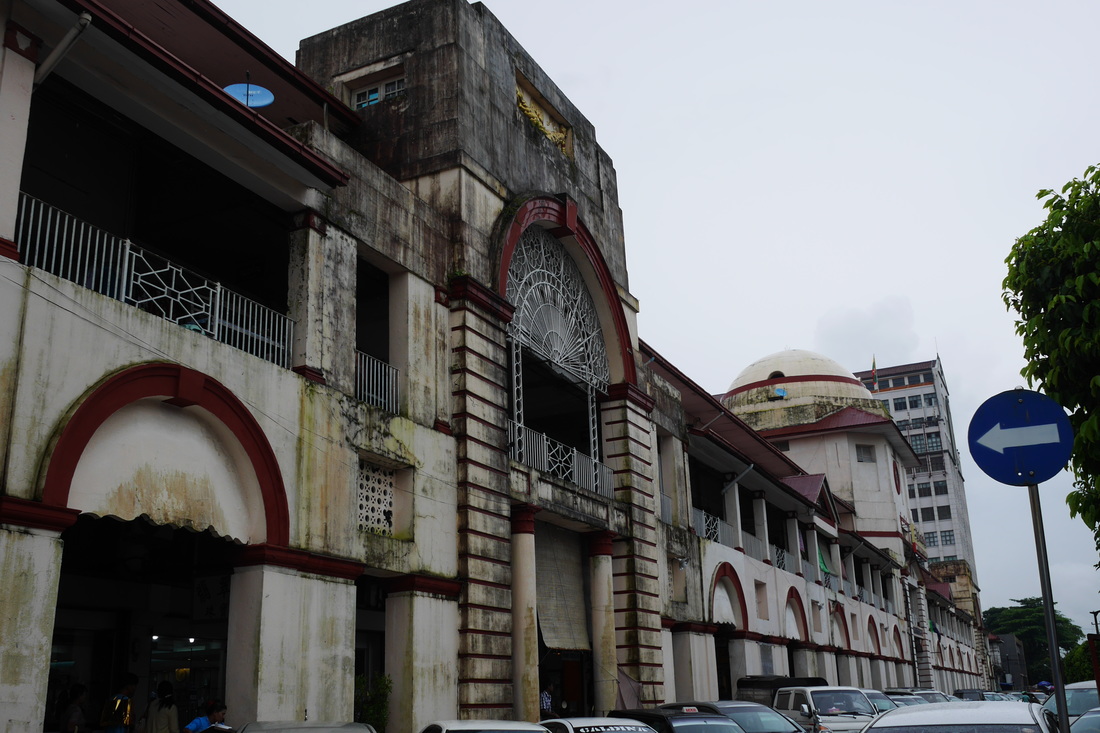
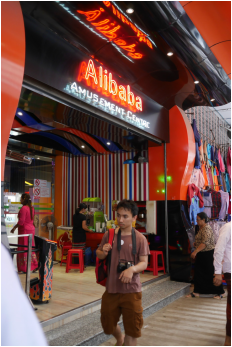
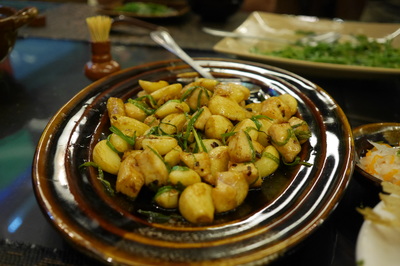
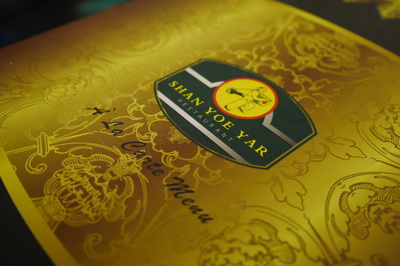
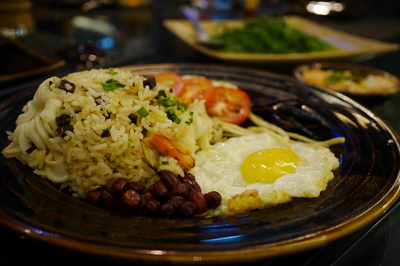
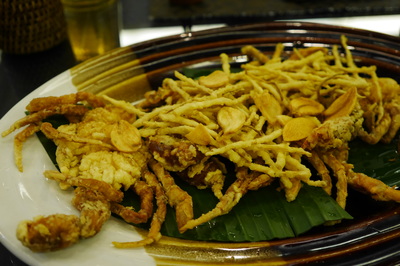

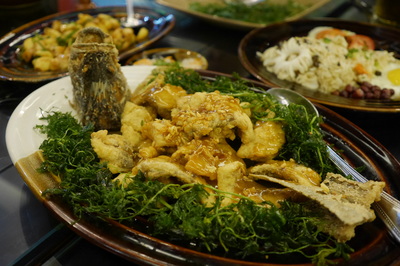
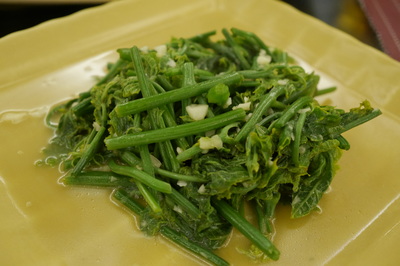
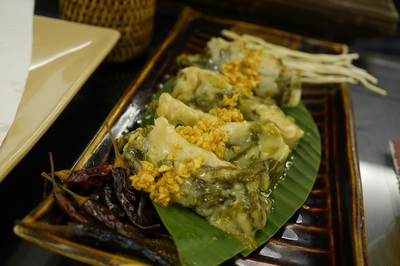

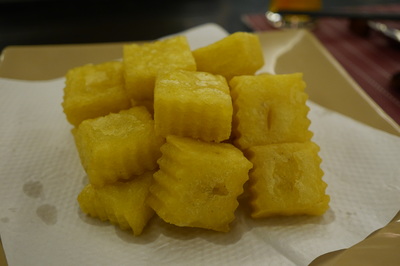
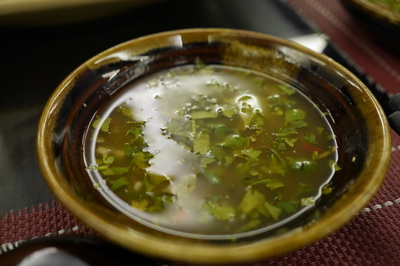
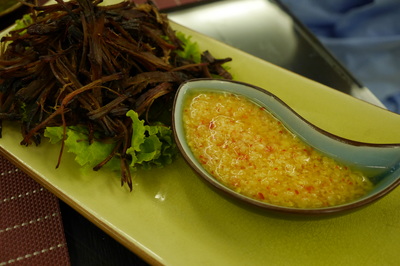
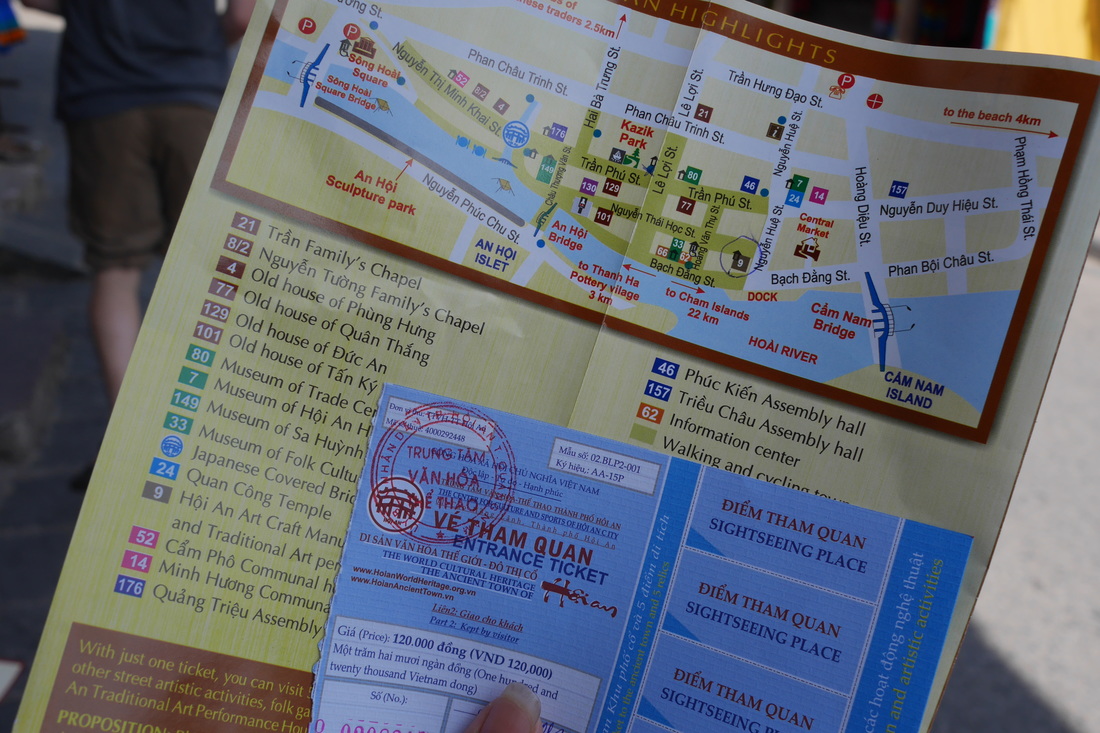
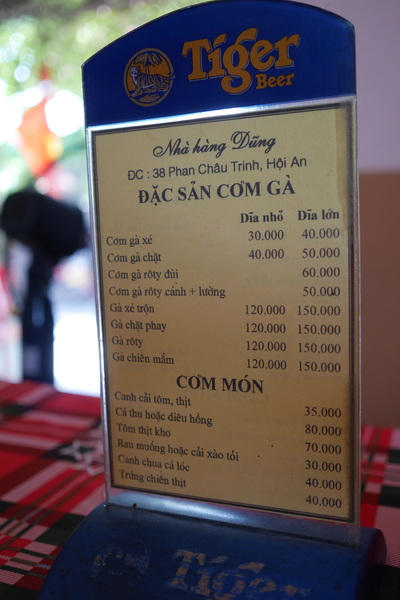
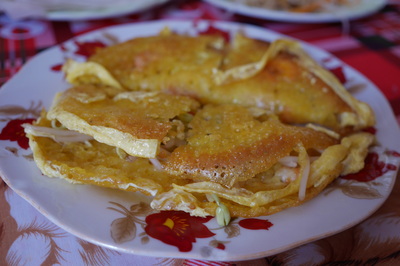
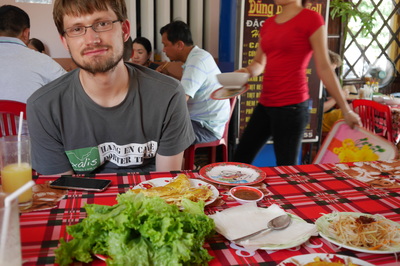
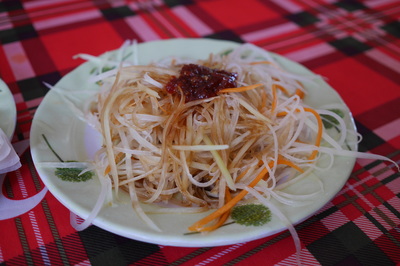
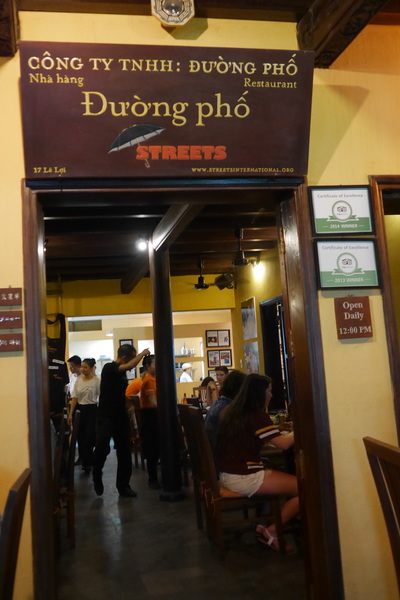
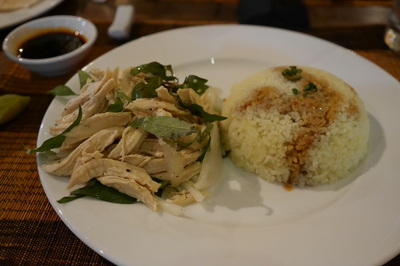
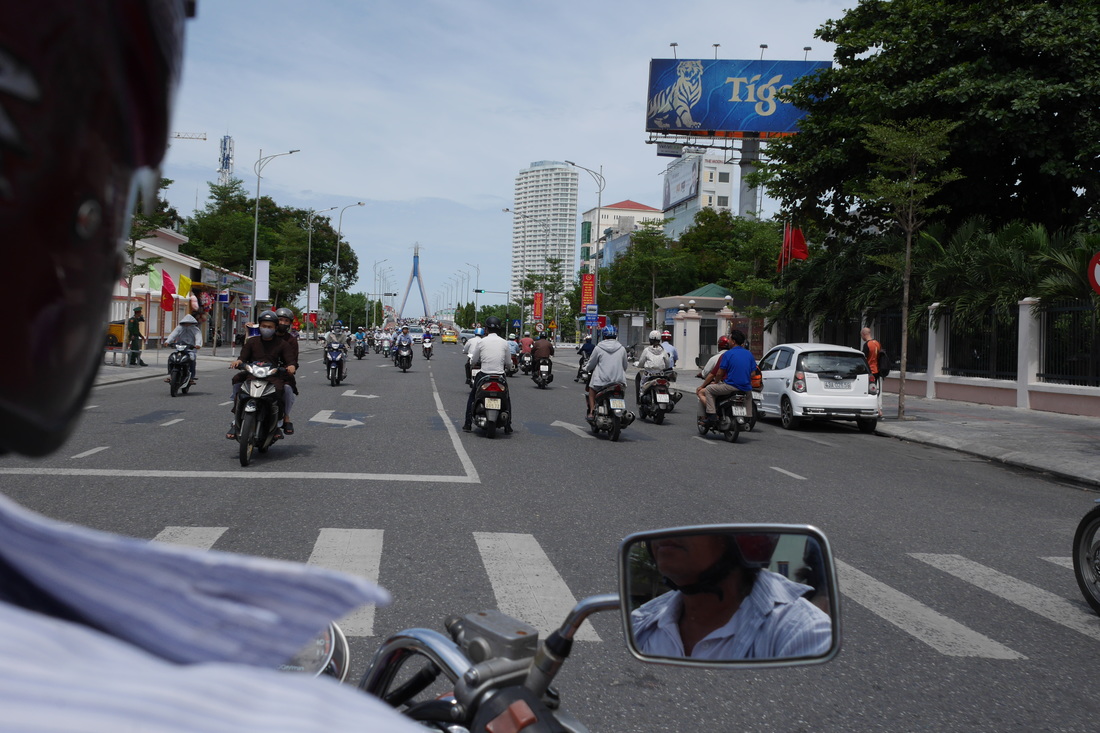
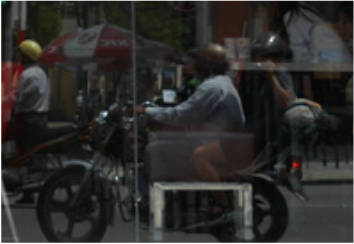
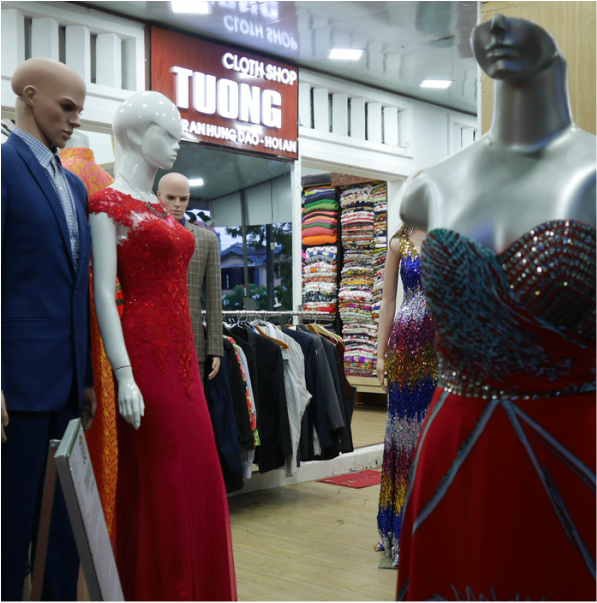
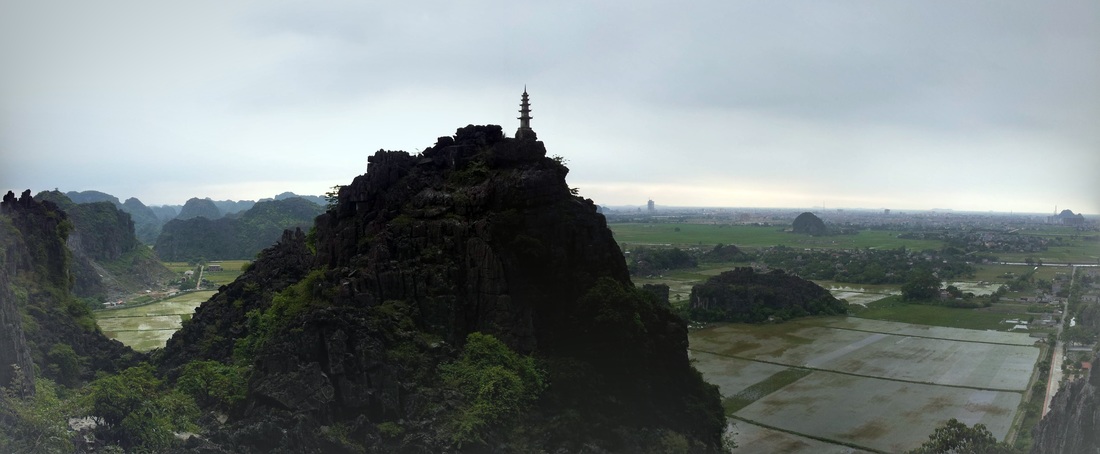
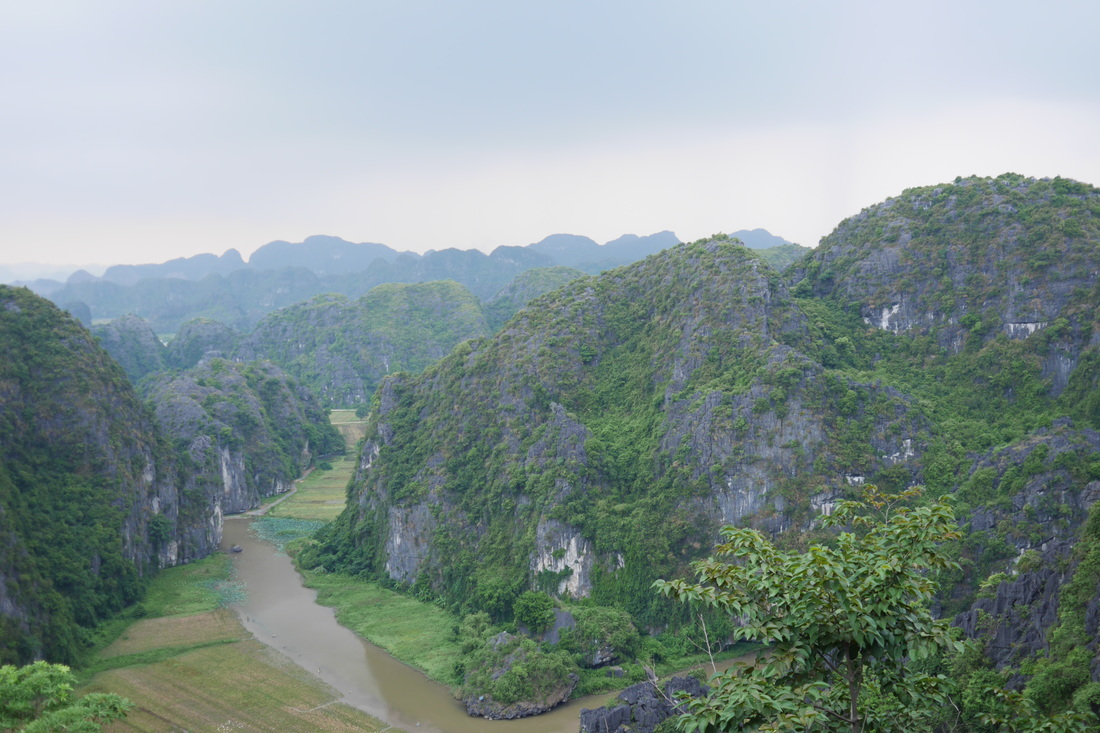
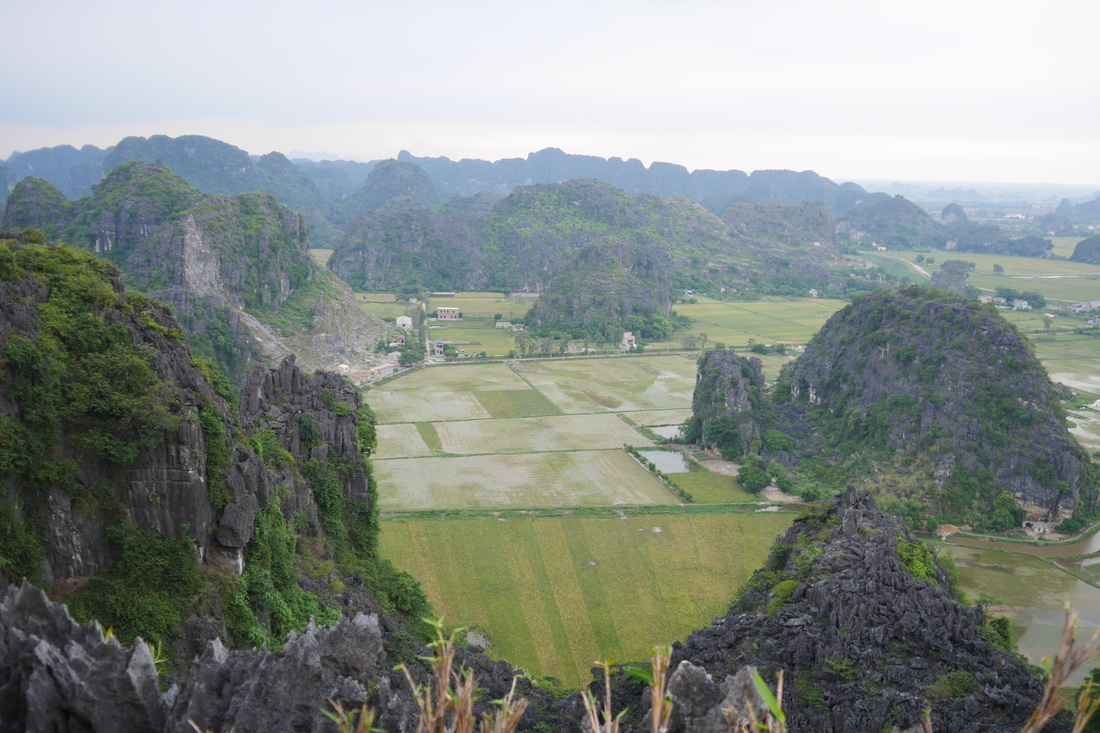
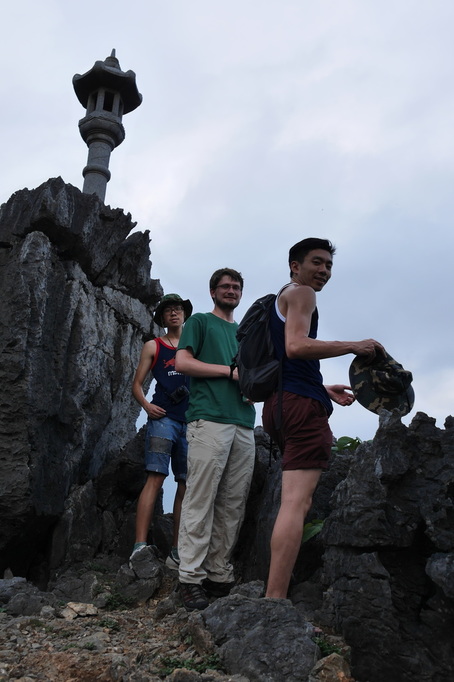
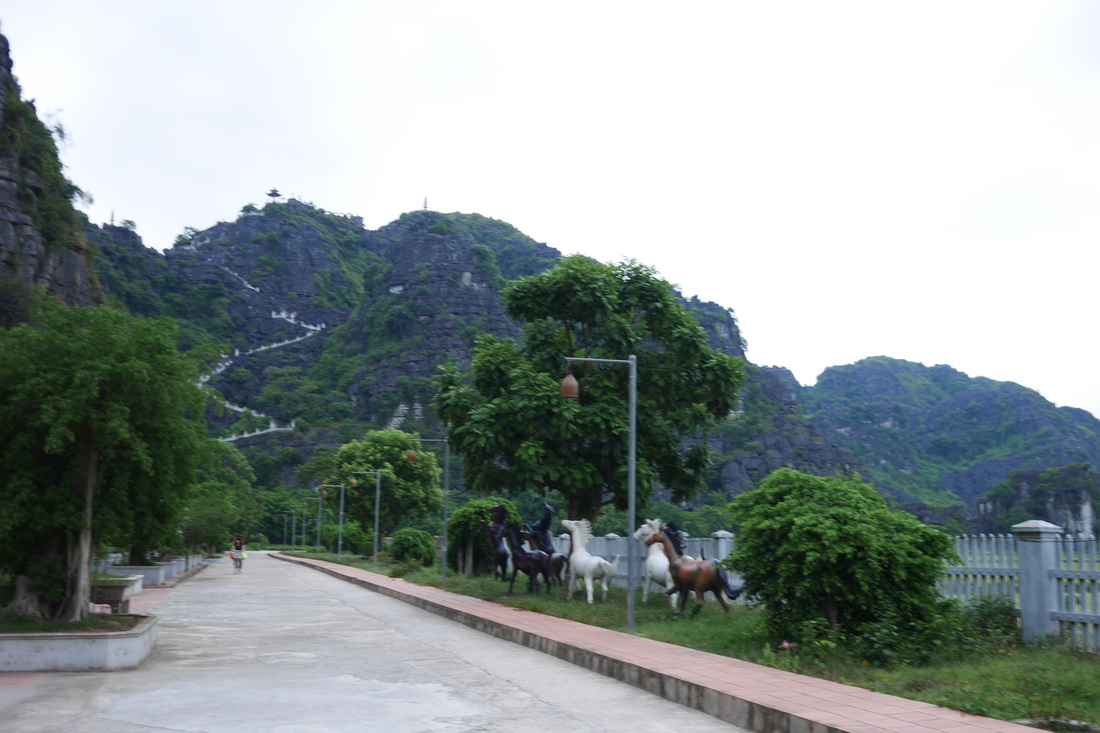
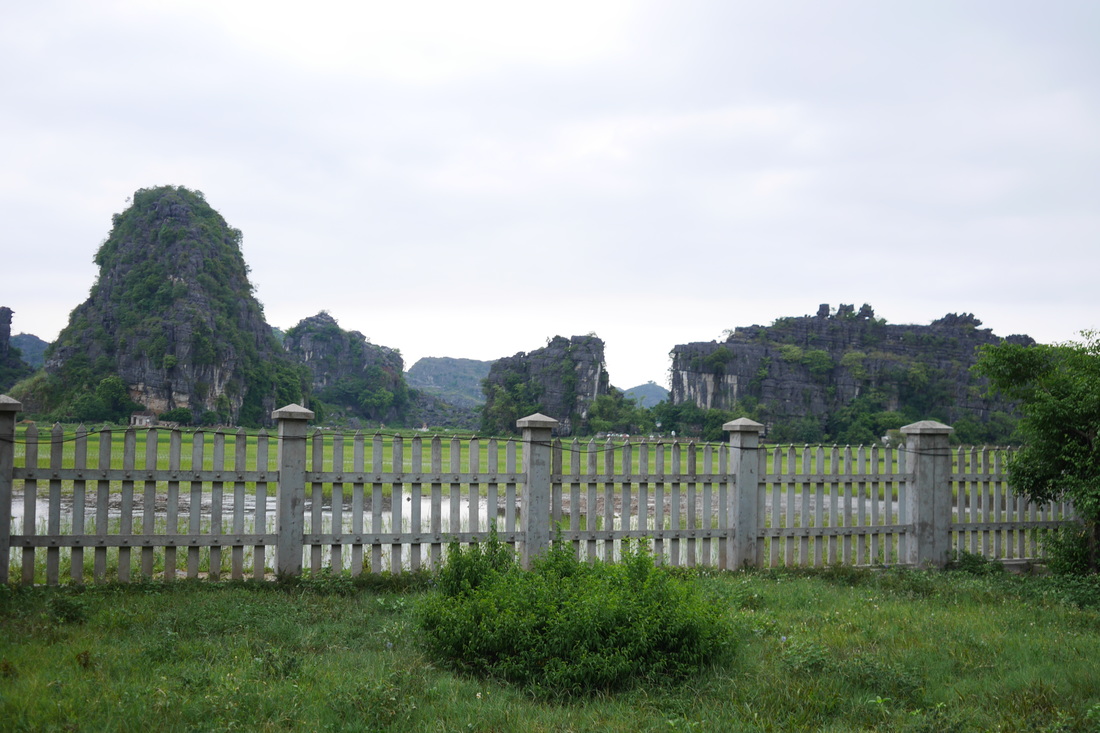
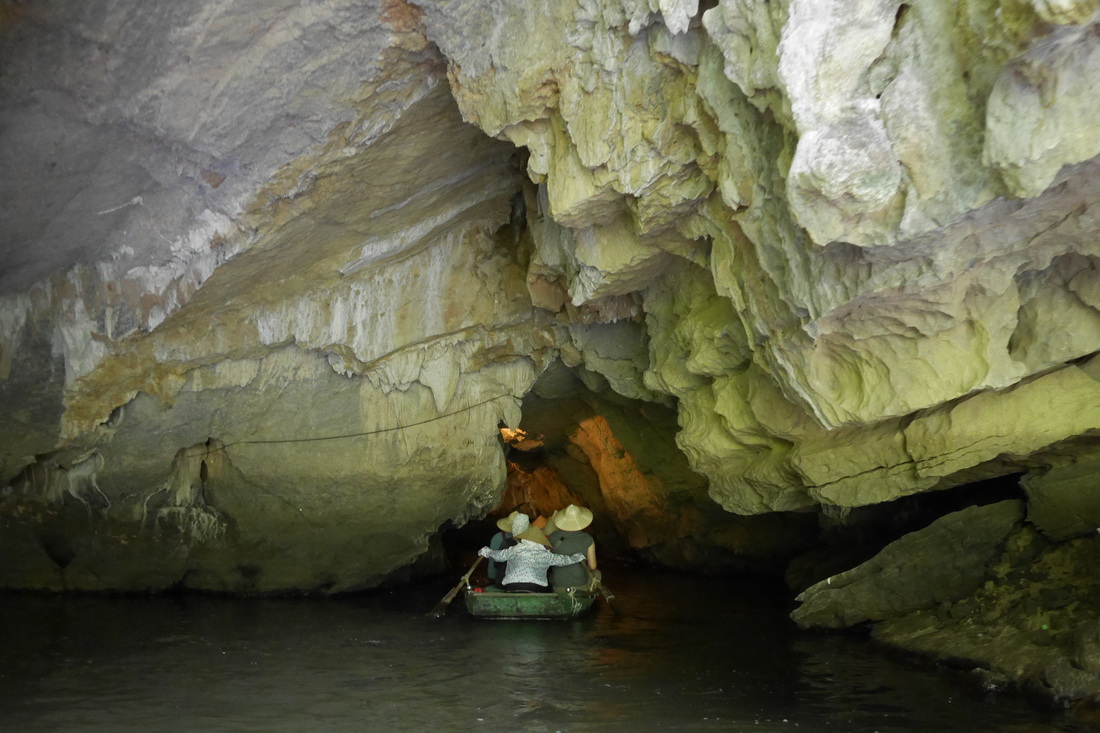
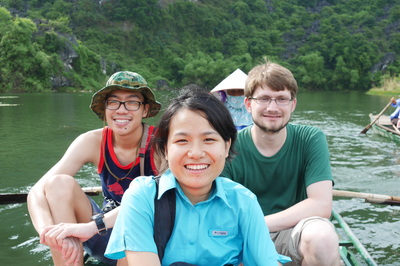
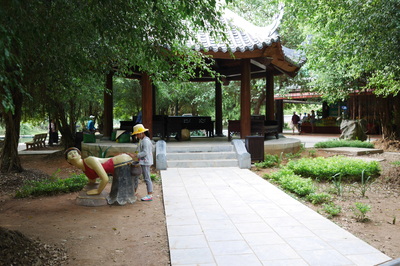
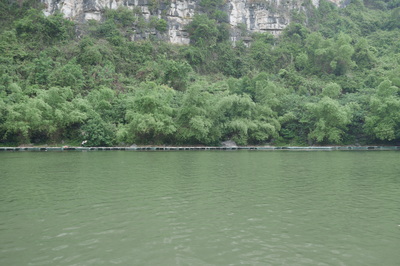
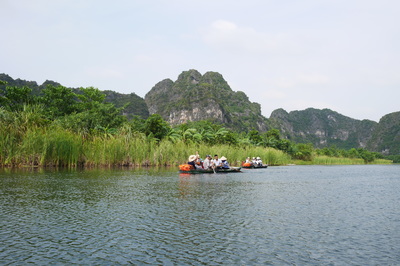
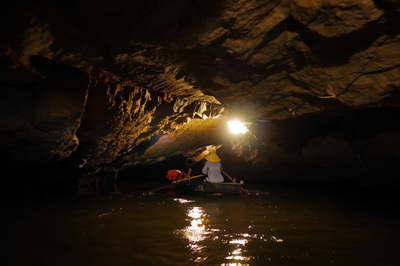
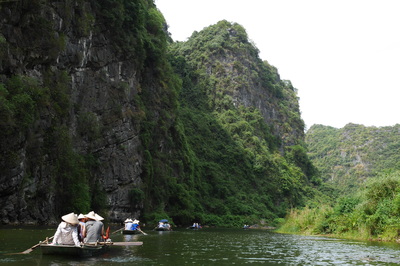
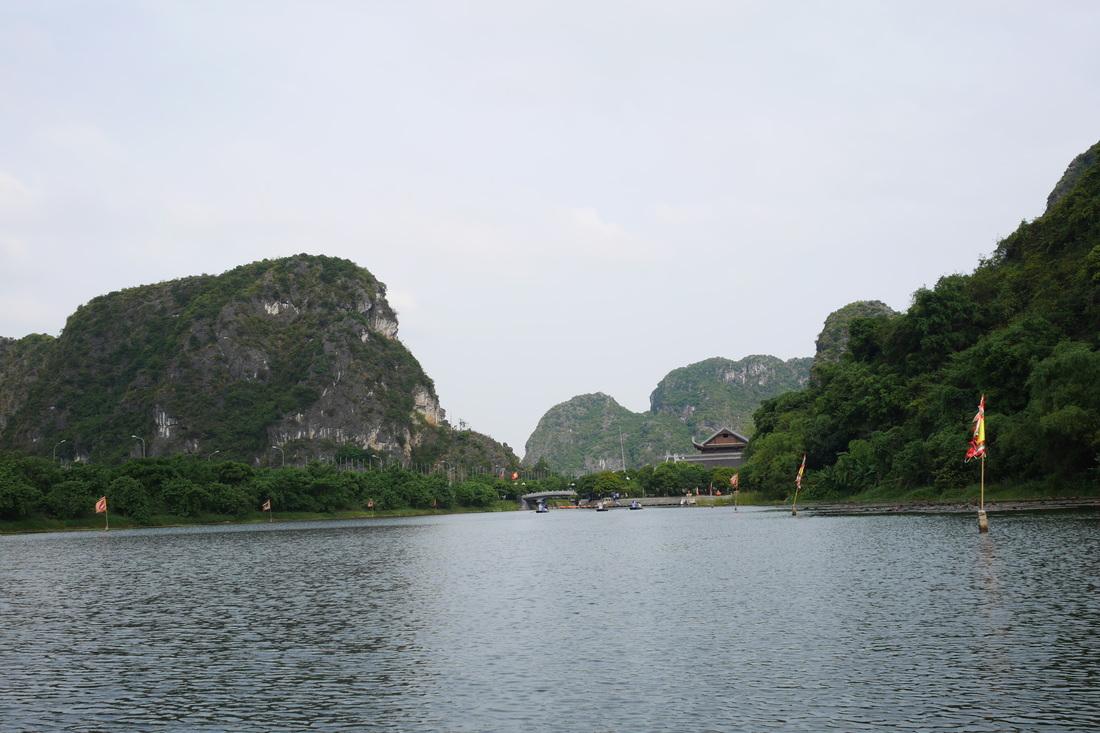
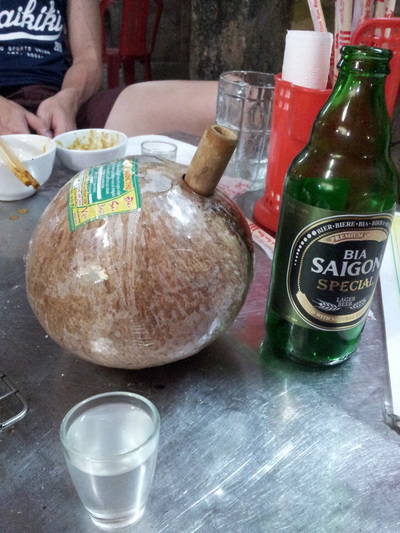
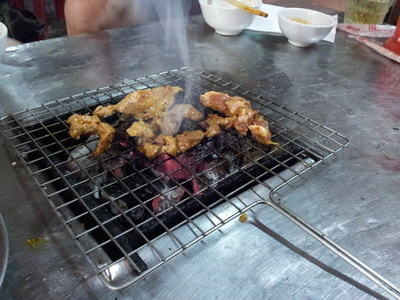
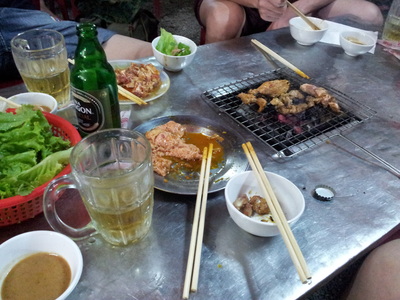
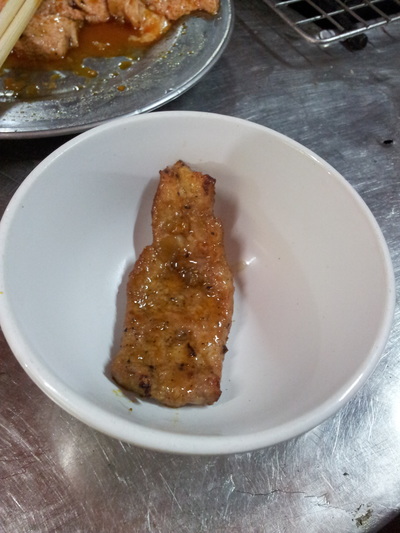
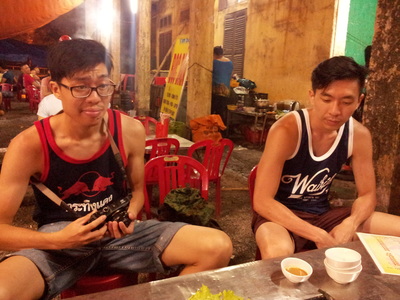
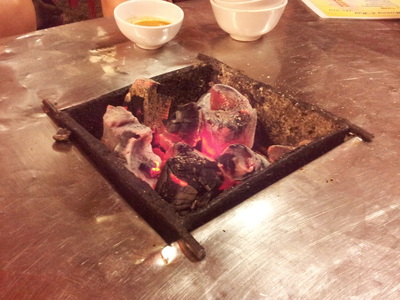
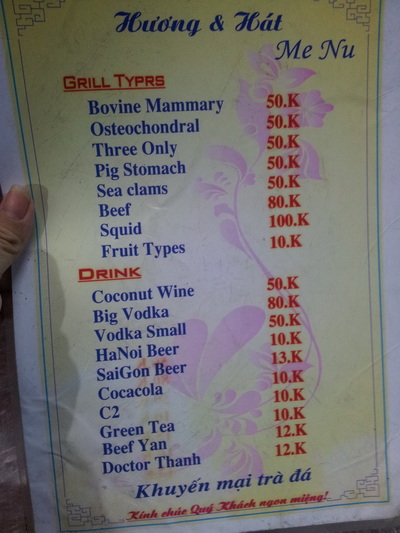
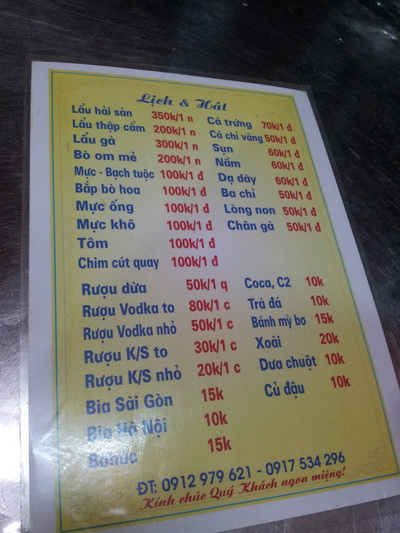
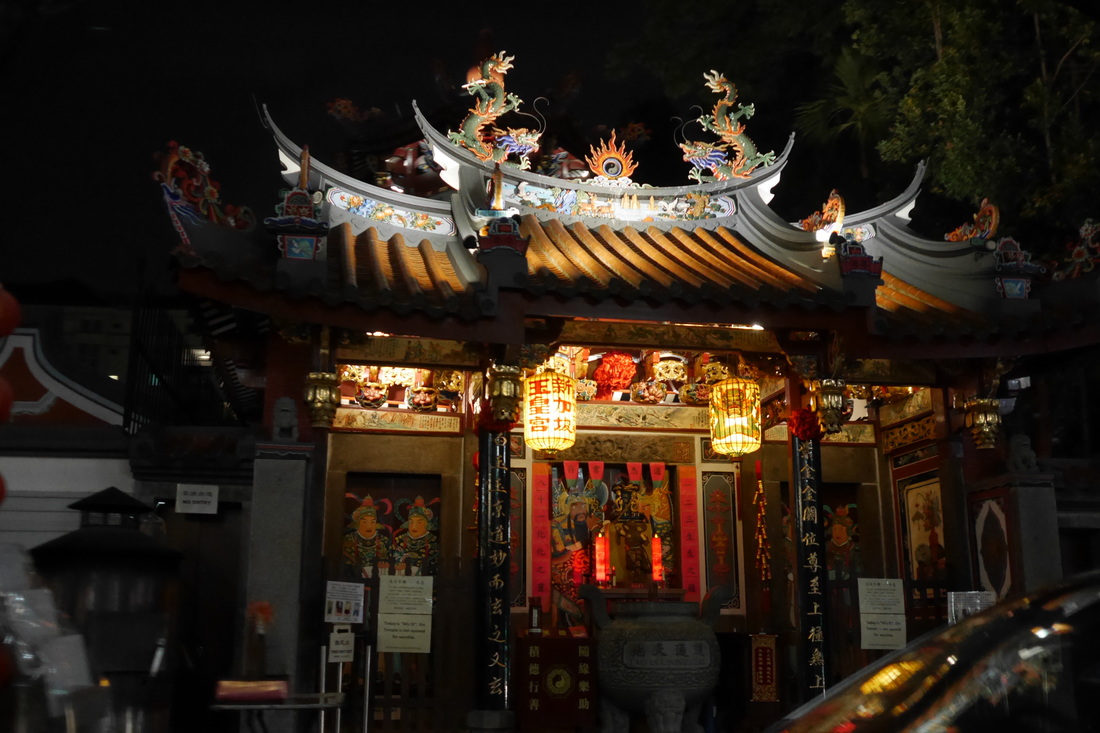
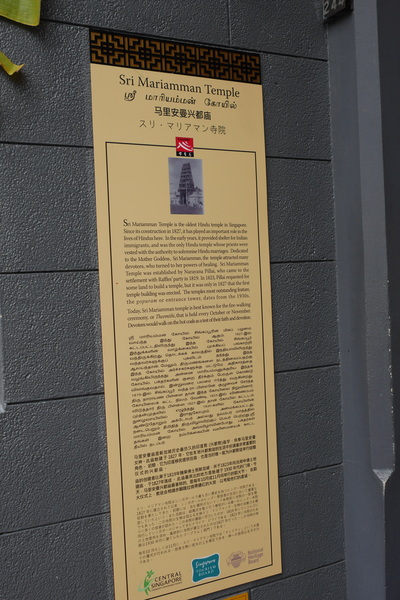
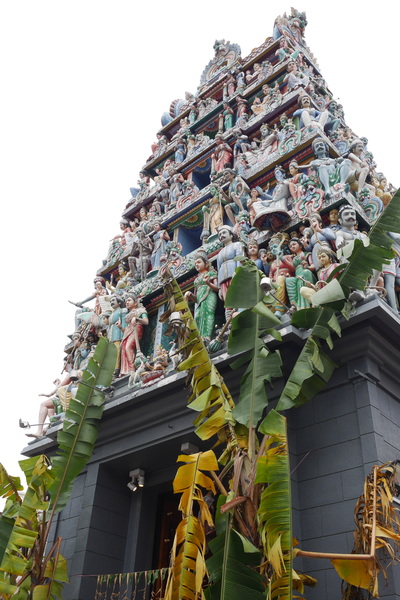
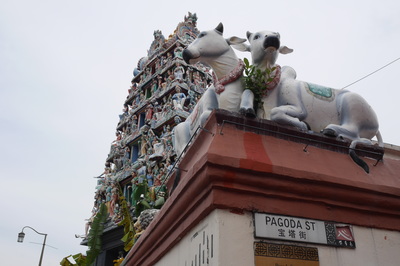
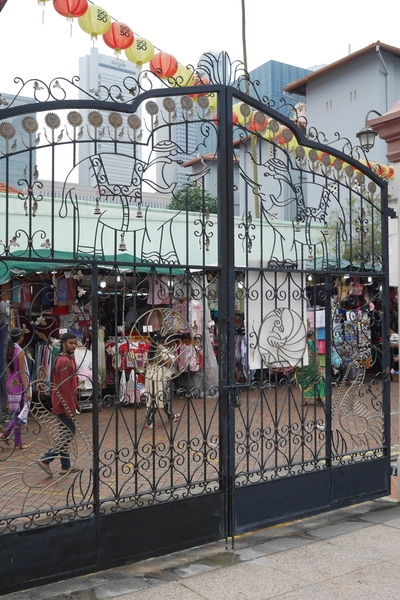
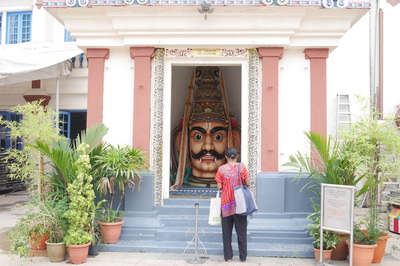
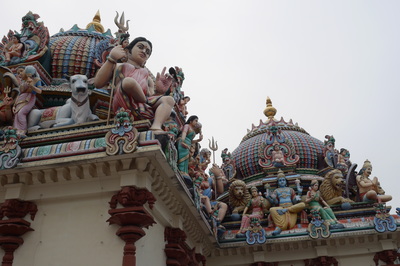
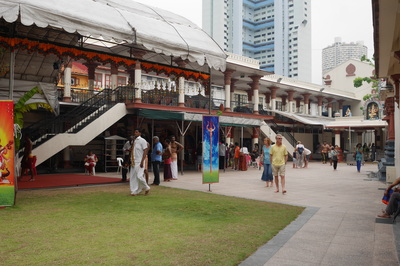
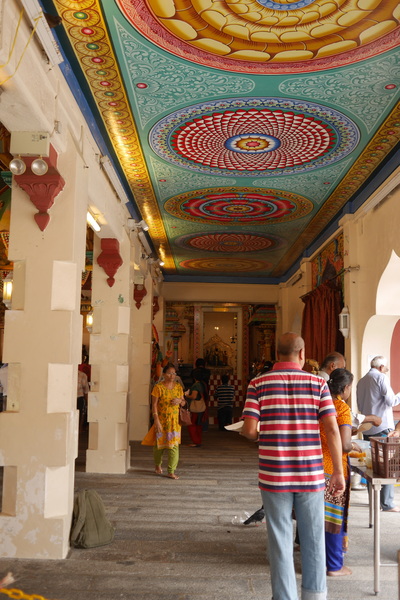

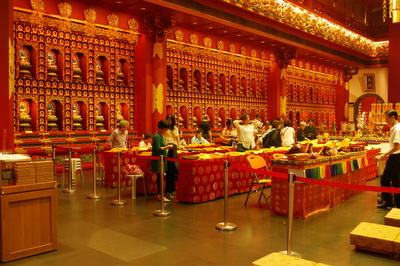
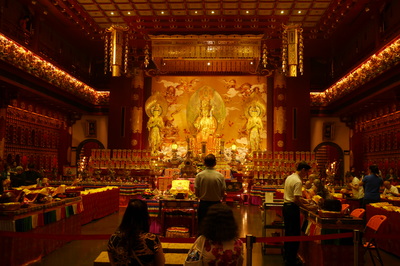
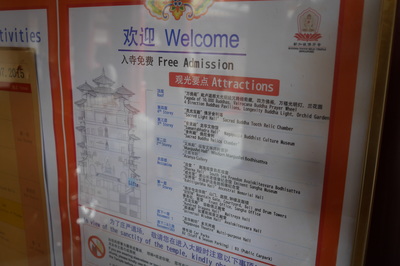
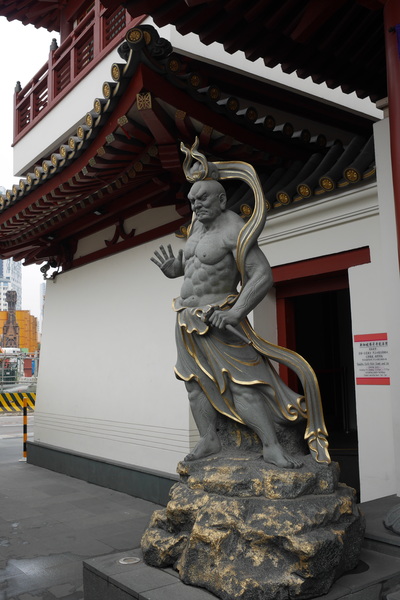
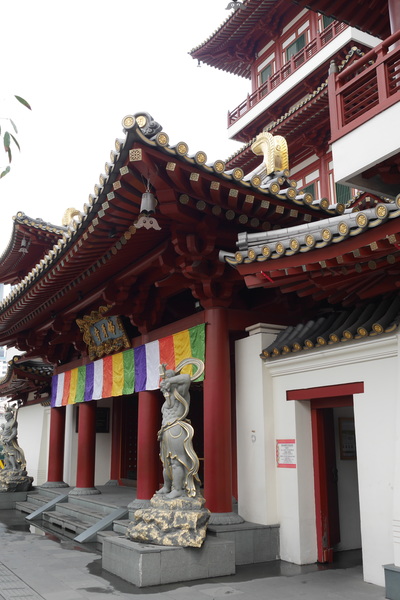
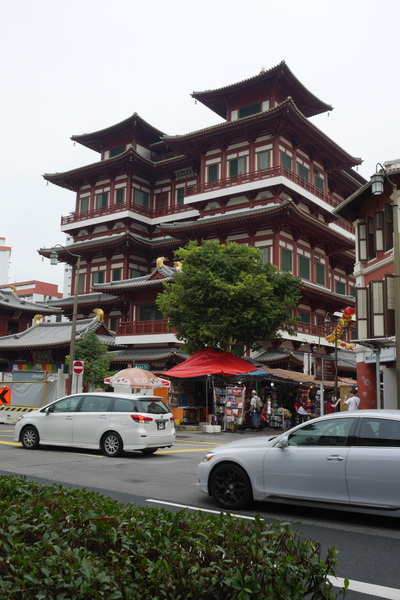

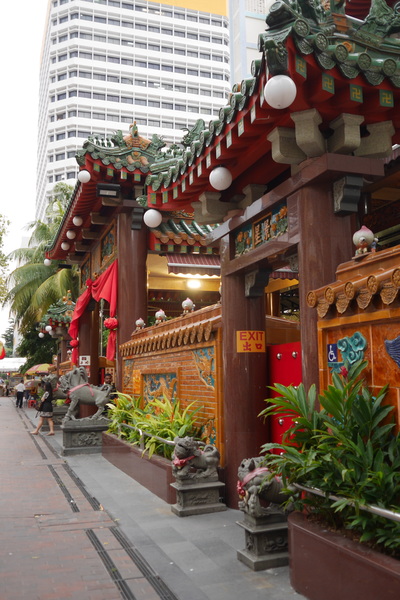
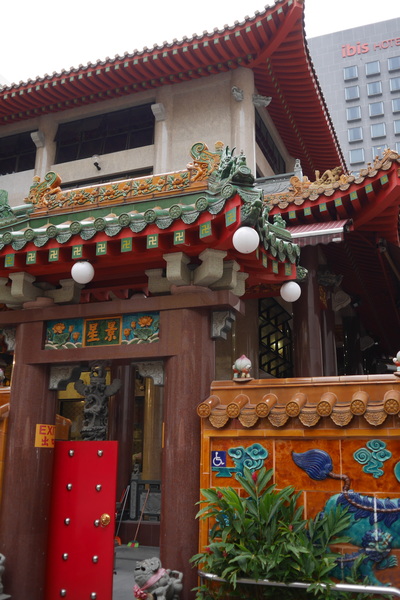
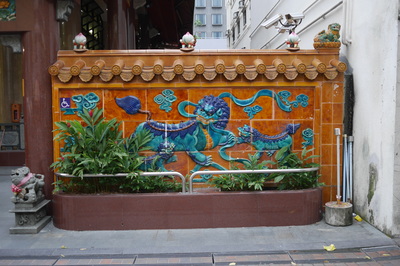
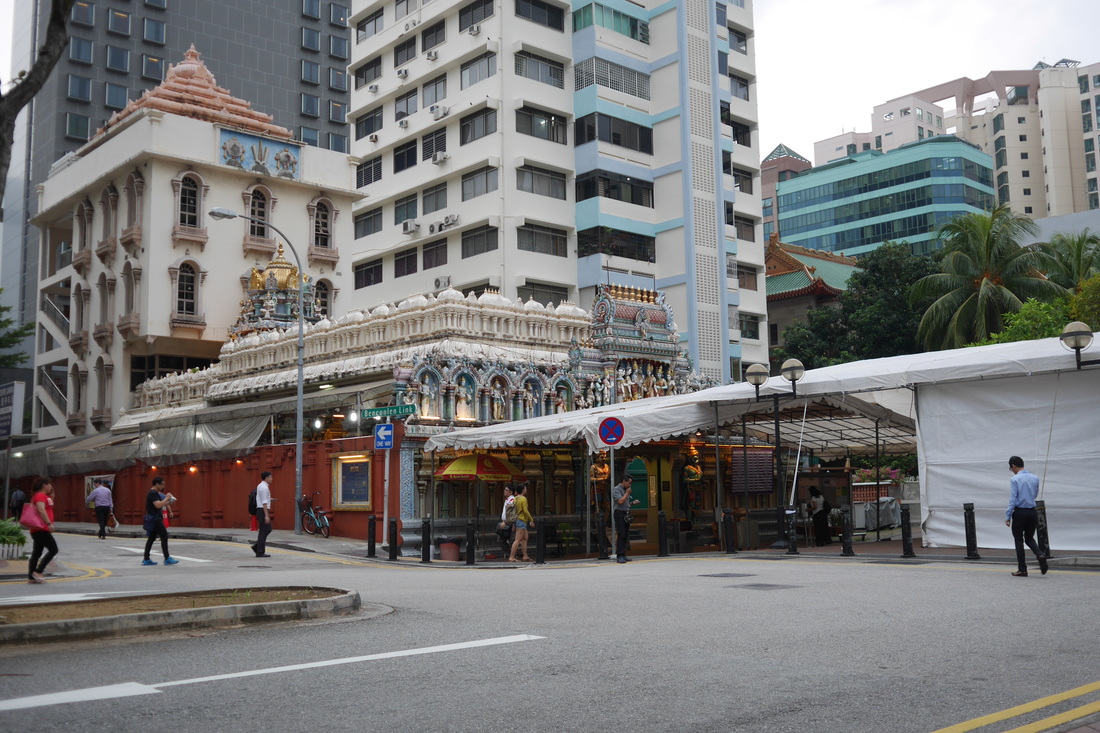
 RSS Feed
RSS Feed
